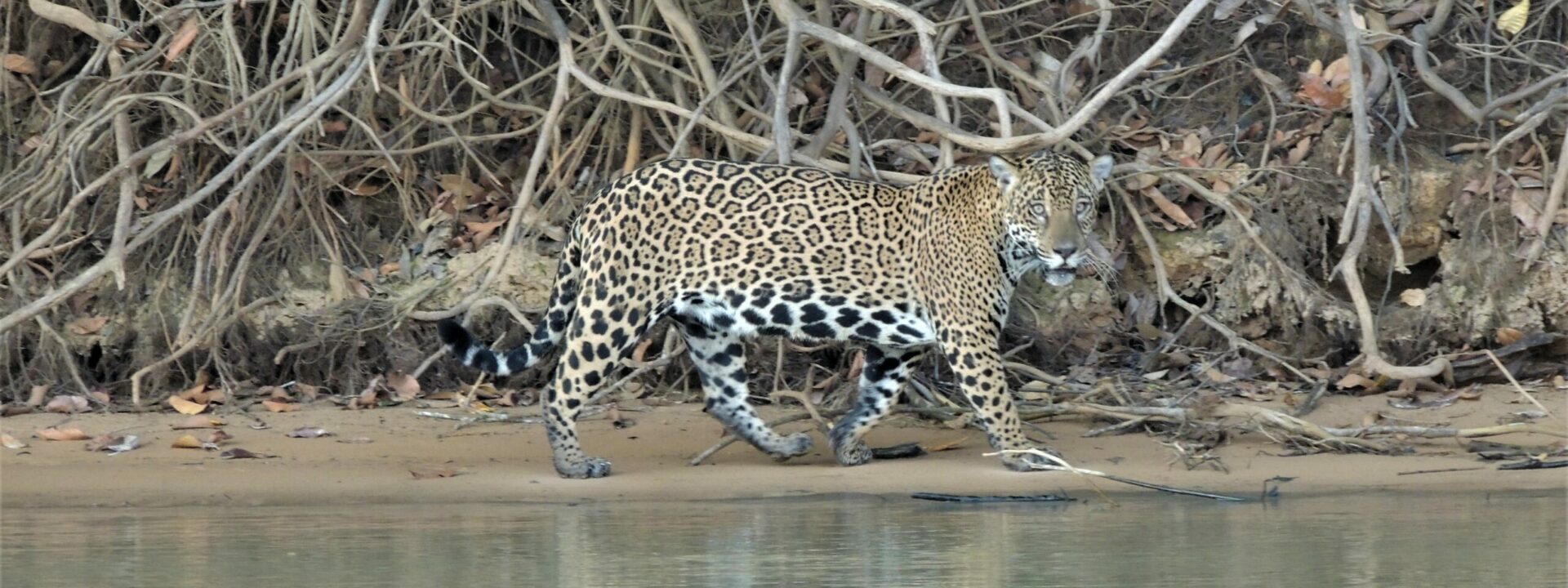Brazil
The Best of the Pantanal: North and South
A 13-day, small group tour exploring the world-renowned Pantanal for an extraordinary range of mammals and birds
WildWings has been offering mammal-focussed trips to Brazil for many years and one of our most popular holidays has been our small group tours to the Pantanal. We are, therefore, delighted to offer a new and improved itinerary for 2023 which visits all the key sites and will look for an amazing list of speciality species.
South America’s biggest cat, the Jaguar, is the star attraction on this outstanding trip and we stand an excellent chance of multiple encounters with this amazing feline. Other species we hope to see including Giant Anteater, Southern Tamandua, Nine-banded Armadillo, Brazilian Tapir, Crab-eating Fox and both Giant and Neotropical River Otters and there are even chances for Ocelot and Puma !!
Whilst the focus of our trip is mammals, it is impossible to ignore the birds in this amazing part of Brazil and we hope to see upwards of two hundred and fifty species including the world’s largest parrot, the superlative Hyacinth Macaw. We can expect to see plenty of other specialities with the possibilities including Greater Rhea, Red-legged Seriema, Sunbittern, Zigzag Heron, Blue-and-Yellow Macaw, Golden-collared Macaw, Toco Toucan and Helmeted Manakin.
Led by our popular expert Brazilian guide Regina Ribeiro, this holiday promises to be an extremely memorable experience !!
Tour Highlights
- A mammal focussed holiday searching for Jaguar, Giant Anteater, Brazilian Tapir, Crab-eating Fox, Giant and River Otters as well other cats, armidillos and several primates
- Two days of boat trips at Porto Jofre in search of Jaguar
- Private night drives and day time safaris throughout
- Visit to the vast Pantanal wetlands home to a profusion of mammals and birds
- Excellent chances for Hyacinth Macaw and Toco Toucan and a host of speciality birds
- Small group tour - maximum of 10 participants
- Led by WildWings bilingual Brazilian expert guide Regina Ribeiro
Outline Itinerary
-
Depart London Heathrow late evening for Sao Paulo
-
Arrive Brazil with connecting flight to Campo Grande. Drive to Aguapé Lodge
-
Aguapé Lodge
-
Transfer to Campo Grande
-
Fly to Cuiabá. Transfer to Piuval Lodge
-
Piuval Lodge
-
Transfer to Porto Jofre
-
Boat trips for Jaguars and other wildlife from Porto Jofre
-
Transfer to Pixaim River. Afternoon boat trip
-
Leave for Cuiabá airport with onwards international connection to UK
-
Arrive UK
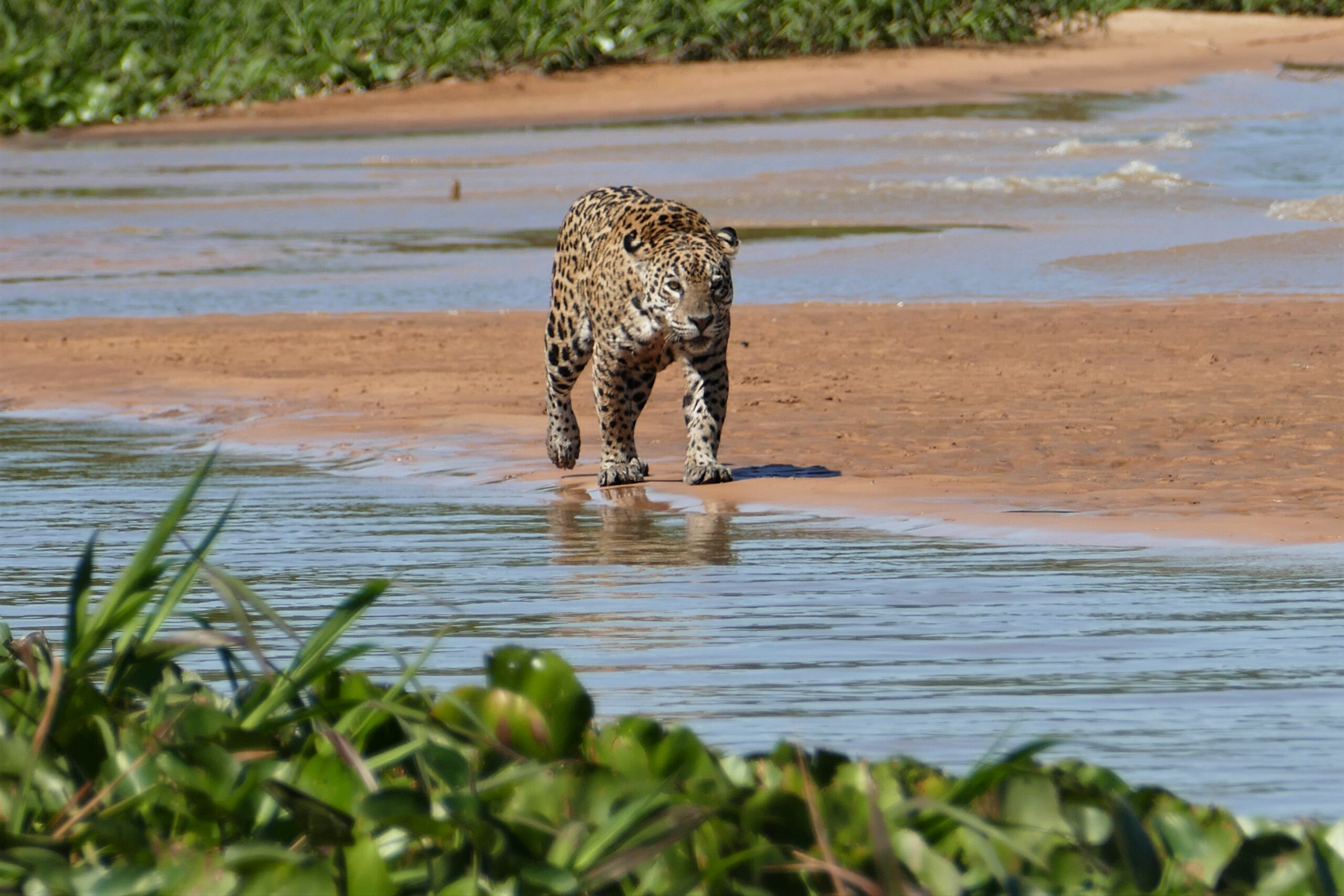
WildWings has been offering trips to the Pantanal for many years and our new and improved itinerary for 2023 allows us to look for an amazing list of specialities species in just a couple of weeks.
The focus of this holiday is finding some of the key mammals of Brazil, in particular Jaguar, Ocelot, Giant Anteater, Brazilian Tapir and Giant Otter and we hope to see upwards of 30 species of mammal. We will also search for more than 250 species of birds including the spectacular Hyacinth Macaw, however, it is important to appreciate that this is first and foremost a mammal tour and we will not be spending a lot of time trying to track down ‘little brown jobs’.
Our trip visits three main sites and we start with a visit to the Southern Pantanal and a four-night stay at Aguapé Lodge. This is located 195km from Campo Grande airport on a traditional Pantanal ranch and is considered a prime destination to look for Giant Anteaters. Other wildlife which can be found in the area includes Southern Tamandua, Yellow Armadillo, Nine-banded Armadillo and Crab-eating Fox along with many species of birds such as Red-legged Seriema, Hyacinth Macaw, Golden-winged Macaw, Nanday and Blaze-winged Parakeets, Chaco Puffbird, Black-banded Owl and Great Potoo.
After an overnight stay in the town of Campo Grande, we will then fly to Cuiaba and transfer to Piuval Lodge which is located within a huge ranch at the very beginning of the famous Transpantaneira Road. This area is excellent for wildlife and during the day, the species we could see include Black-and-Gold Howler, Azara’s Capuchin and Black-tailed Marmoset, as well as Giant Anteater, South American Coati, Azara’s Agouti and Grey and Red-brocket Deer. We will also go on night drives where there are chances for a wide variety of mammals including Ocelot, Crab-eating Racoon, Crab-eating Fox, Brazilian Rabbit and Azara’s Night Monkey.
The birdlife around this lodge is also very diverse and Hyacinth Macaw, Bare-faced Curassow, Blue-fronted and Orange-winged Parrots, Peach-fronted Parakeet, Pale-crested and Cream-colored Woodpeckers and Helmeted Manakin are amongst the species we will hope to encounter.
We will then transfer to Porto Jofre (which should take 3-4 hours) where our priority will turn to looking for Jaguars. This region is considered the most reliable place to find this apex feline and we will have two days of boat trips (morning and afternoon with a break in the heat of the day) to explore and look for it and other wildlife. All our previous tours have never missed Jaguars and we stand a great chance of enjoying multiple encounters but can also expect to see a wide range of other species. Possible mammals include Giant Otter, Neotropical River Otter, Black-and-Gold Howler, Azara’s Capuchin and Brazilian Tapir and the birds should include Black Skimmer, Great Black Hawk and Black-collared Hawk.
Leaving Porto Jofre, our final excursion will be a boat trip on the picturesque Pixiam River where there are good chances to see Giant Otter, Paraguay Caiman, Green Iguana and a great selection of birds which could include Agami and Zigzag Herons, Sunbittern, Chestnut-bellied Guan, Blue-throated Piping Guan and Chestnut-eared Aracari before returning home via Cuiaba and Sao Paulo.
With WildWings’ highly experienced bilingual guide Regina Ribeiro to look after you, this holiday promises to be a truly memorable experience.
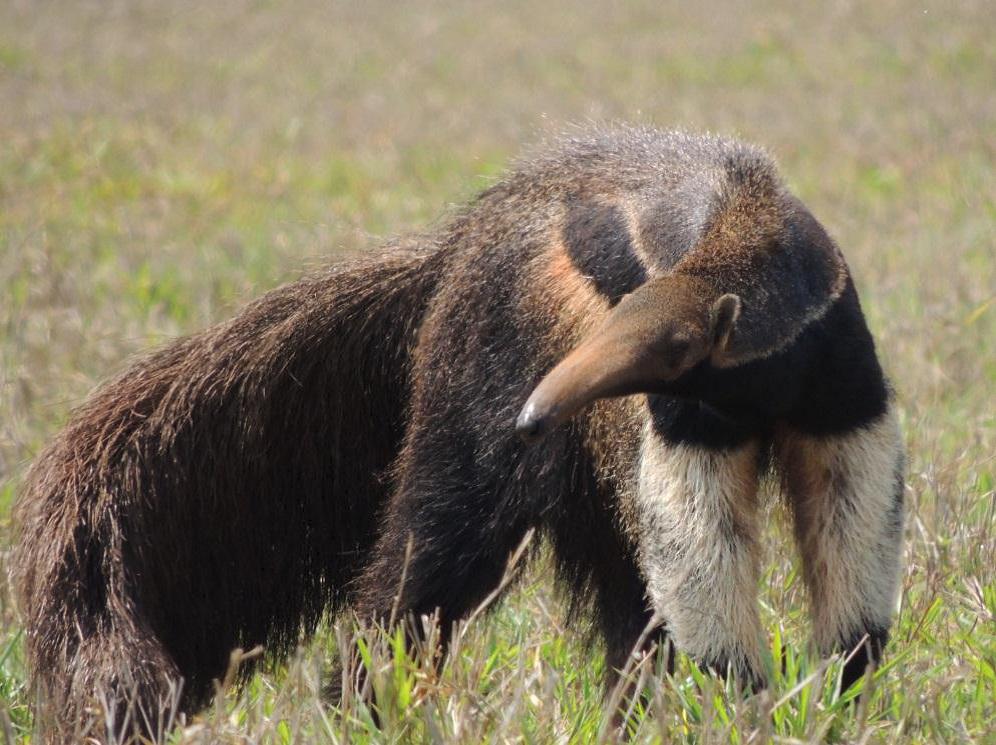
Day 1: Depart London Heathrow for Sâo Paulo
Our tour to the Brazilian Pantanal begins with an overnight nonstop flight from London Heathrow to Sâo Paulo in southeast Brazil.
Day 2: Arrive Sâo Paulo and take connecting flight to Campo Grande. Drive to Aguapé Lodge
Following our morning arrival in Sâo Paulo, we catch a Brazilian domestic flight northwest to Campo Grande, where our guide Regina Ribeiro will be waiting for you. It is then a c.200 kms drive to our first destination, the delightful Aguapé Lodge.
Once we turn off the main highway, we will be able to look for wildlife and this will be our first opportunity to look for species such as Giant Anteater. The area is also excellent for a wide variety of birds with the possibilities including Greater Rhea, Jabiru, Red-legged Seriema, Toco Toucan and Golden-collared Macaw. Night at Aguapé Lodge
Days 3-4: Aguapé Lodge
We will have two and a half days to explore the area around Aguapé Lodge and will have a mixture of vehicle safaris, gentle walks and a boat trip to maximise on what we see.
Aguape Lodge is located on a traditional cattle ranch and offers nice accommodation, good food and friendly staff. It is considered a prime destination to see Giant Anteaters, however, there are plenty of other mammals to look for including Southern Tamandua, Yellow Armadillo, Nine-banded Armadillo, Crab-eating Fox, South-American Coati, Crab-eating Raccoon, Pampas Deer, Collared Peccary, White-lipped Peccary and Capybara.
The birdlife in this area is also very diverse with this being the first of a couple of places where we hope to find the largest of the world’s parrots, the simply stunning Hyacinth Macaw. This species can sometimes in trees right by the lodge and both Blue-and-Yellow Macaw and Golden-collared Macaw also occur here.
Other species which we hope to find include Red-legged Seriema, Greater Rhea, Rufescent Tiger Heron, Roseate Spoonbill, Jabiru, Plumbeous Ibis, Nanday and Blaze-winged Parakeets, Black-banded Owl, Great and Common Potoos, Plush-crested Jay, Amazonian Motmot, Black-fronted Nunbird and Chaco Puffbird. Two further nights at Aguapé Lodge
Day 5: Departure Aguapé Lodge for Campo Grande
We will have a final morning at Aguapé Lodge to look for any species we may have missed and will then leave after lunch for the return drive to Campo Grande where we will spend the night. Night in Campo Grande
Days 6-7: Fly to Cuiaba and transfer to Piuval Lodge
We will take a very early flight to Cuiaba and then drive for approximately two hours to Piuval Lodge. The lodge is within a huge ranch located on the very beginning of the famous Transpantaneira road and is an excellent place for wildlife and we will have almost two full days to explore. We will explore a variety of different areas within the property in open safari truck and on foot.
Mammals we will look for include Giant Anteater, South American Coati, Azara’s Agouti, Black-and-Gold Howler, Azara’s Capuchin, Black-tailed Marmoset and Azara’s Night Monkey.
There is also a great range of birds to look for and possibilities include Undulated Tinamou, Bare-faced Curassow, Hyacinth Macaw, Blue-fronted and Orange-winged Parrots, Peach-fronted Parakeet, Pale-crested and Cream-coloured Woodpeckers and Helmeted Manakin.
There will be opportunities to go out after dark to look for nocturnal species with chances for Ocelot, Crab-eating Racoon, Crab-eating Fox and Brazilian Rabbit. Two nights at Piuval Lodge
Day 8:Transfer to Porto Jofre
We will leave Piuval Lodge in the morning for Porto Jofre which should take approximately 3 to 4 hours and in the afternoon, plan to visit a ranch where there are good chances to find various mammals. Brazilian Tapir, Crab-eating Fox, Crab-eating Racoon and cats including Puma, Ocelot, Jaguarundi have been spotted on previous safaris although we would be lucky to see even a handful of these. Night in Porto Jofre
Days 9-10: Porto Jofre
Porto Jofre is considered the best place in Brazil to look for Jaguars and we will have two days of morning and afternoon excursions out on the Cuiaba River and tributaries looking for this apex feline. We stand an excellent chance of multiple encounters and to date WildWings have never missed this species on our previous visits.
Other species that could be seen include Giant Otter, Neotropical River Otter, Black-and-Gold Howler, Azara’s Capuchin, Brazilian Tapir and reptiles such as Paraguayan Caiman and Green Iguana.
Possible birds include Black Skimmer, Large-billed Tern, Pied Lapwing, Collared Plover, White-backed Stilt, Great Black Hawk, Black-collared Hawk and Ringed, Amazon and Green Kingfishers. Two further nights in Porto Jofre
Day 11:Transfer along the Transpantaneira to Pixaim River
We will leave Porto Jofre after breakfast and drive halfway along the Transpantaneira to the Pixaim River where we plan to take an afternoon boat ride along this picturesque waterway. There are further good chances of finding Giant River Otter, Paraguayan Caiman and Green Iguana.
There are also likely to be various birds which we may not have seen already with the possibilities including Agami, Zigzag and Capped Herons, Chestnut-bellied Guan, Blue-throated Piping Guan, Sunbittern and Chestnut-eared Aracari. Night near Pixaim River
Day 12: Leave for Cuiabá airport and connecting flight for UK
There may be time for some final morning birding before we will reluctantly return to Cuiabá airport from where we will fly back to Sâo Paulo with an onwards overnight connection back to the UK.
Day 13: Arrive UK

This tour focusses on some of the key mammals of Brazil, in particular, Jaguar, Ocelot, Giant Anteater, Brazilian Tapir, Giant Otter and we hope to see upwards of 20 species of mammal.
We also anticipate finding at least 225 species of bird including the spectacular Hyacinth Macaw, however, it must be remembered that this is first and foremost a mammal tour and that we will not be spending a lot of time trying to track down ‘little brown jobs’, although we will try to accommodate the wishes of keen birders as far as possible.
The daily routine will vary according to what we are looking for. In the Pantanal, the key times are dawn and dusk and we will also be spending long hours spotlighting after dark. Consequently we will, when we are able to do so, spend the heat of the day when there is little mammal activity enjoying an afternoon siesta.
There is no obligation on any tour participant to take part in every excursion but we would strongly recommend that you do so. It is better to catch up on your sleep in the back of the vehicle where we can wake you if we see something good, than in the hotel room, where you might miss something.
The Pantanal is a mixture of open grasslands, gallery forest and wetlands teeming with birds and other wildlife and over 600 species of bird and 260 species of fish have been recorded in the whole of this region. We will be visiting the Transpantaneira, the road traversing the northern part of the Pantanal. Key mammals include Jaguar, Ocelot, South American Coati, Crab-eating Fox, Crab-eating Raccoon, Giant and Neotropical River Otters, Giant Anteater, Southern Tamandua, Brazilian Tapir, Red and Grey Brocket and Marsh Deer, White-lipped and Collared Peccaries, Capybara, Azara’s Agouti, Black-striped Capuchin, Brazilian Cavy, Black-and-Gold Howler, Black-tailed Marmoset, Brazilian Rabbit and Greater and Lesser Fishing Bats together with an outside chance of Giant, Yellow and Nine-banded Armadillos, Paca, Jaguarundi, Puma and Margay. It also offers a chance to see Yellow Anaconda.
Accommodation and meals
We aim to stay in the best hotels or lodges close to the sites we plan to visit. Some hotels can occasionally be noisy in early evening and light sleepers should bring earplugs as a precaution.
When we are in the field, lunches will sometimes be picnics, whilst on travel days, these are more likely to be at a convenient restaurants. Breakfasts are invariably buffet-style consisting of fruit juices, coffee, hot chocolate and normally tea, a selection of fresh fruits, fresh yoghurts, bread, cheeses, cold meats, and in some hotels hot sausage and eggs.
Hotel dinners will normally be buffet-style consisting of a variety of meats and vegetables. Beef, chicken and pork are the meats most commonly encountered. Fish is likely to be on the menu along the Transpantaneira.
We will probably order a range of dishes for people to sample as single dishes are normally too large for one person. If you have any particular dietary restrictions or any particular culinary dislikes can you please advise us in advance.
Weather
It is likely to be very hot in the Pantanal in October as it will approaching the end of the dry season but if there is rain it might get cold, especially when spotlighting at night, so bring extra clothes just in case (eg a windbreaker and poncho will be welcome at this time).
Insects
Mosquitoes can be a problem in the Pantanal, although it seems to vary a lot from year to year and we have not experienced any major problems on our previous tours, however, please come prepared with repellent and long sleeved clothing. Some outdoor clothing manufacturers sell a range of ‘mosquito-proof’ clothing which you may want to consider purchasing. The ‘Zika’ virus is carried by day-flying mosquitoes and is largely an urban issue. Our general recommendation is ideally to try not to get bitten.
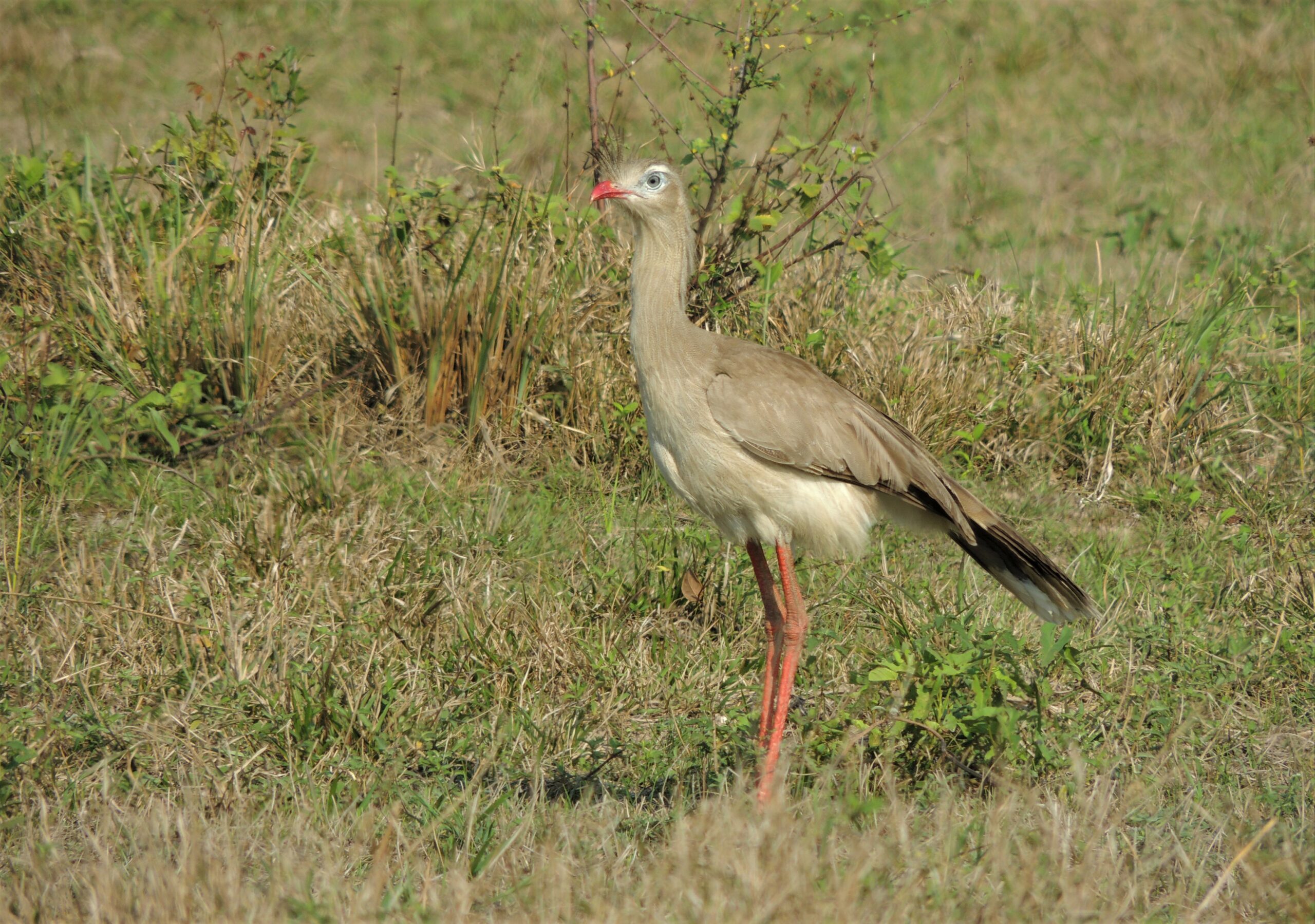
Tour Gallery
View a gallery of images for this tour below, click on an image to view as full size with caption

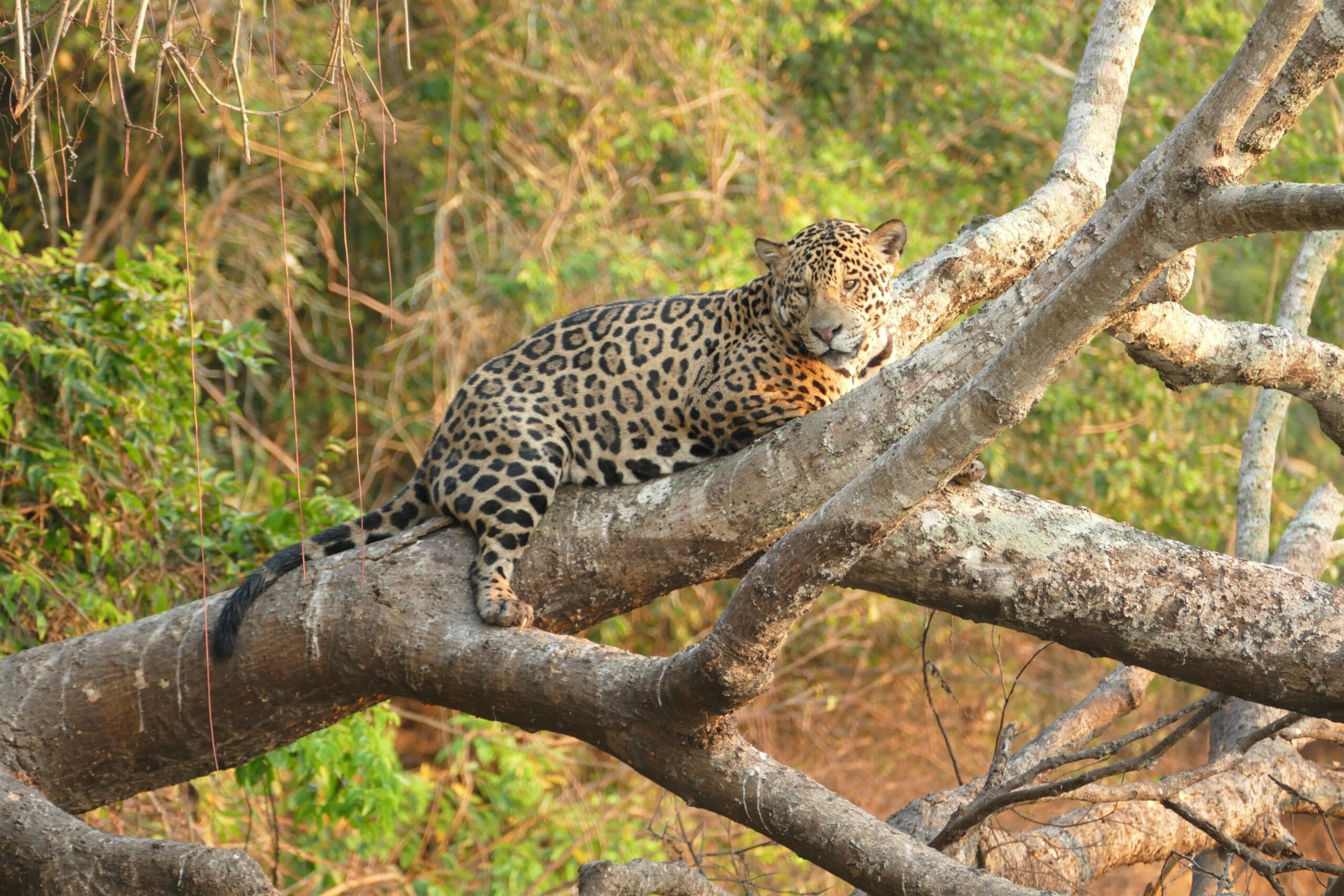
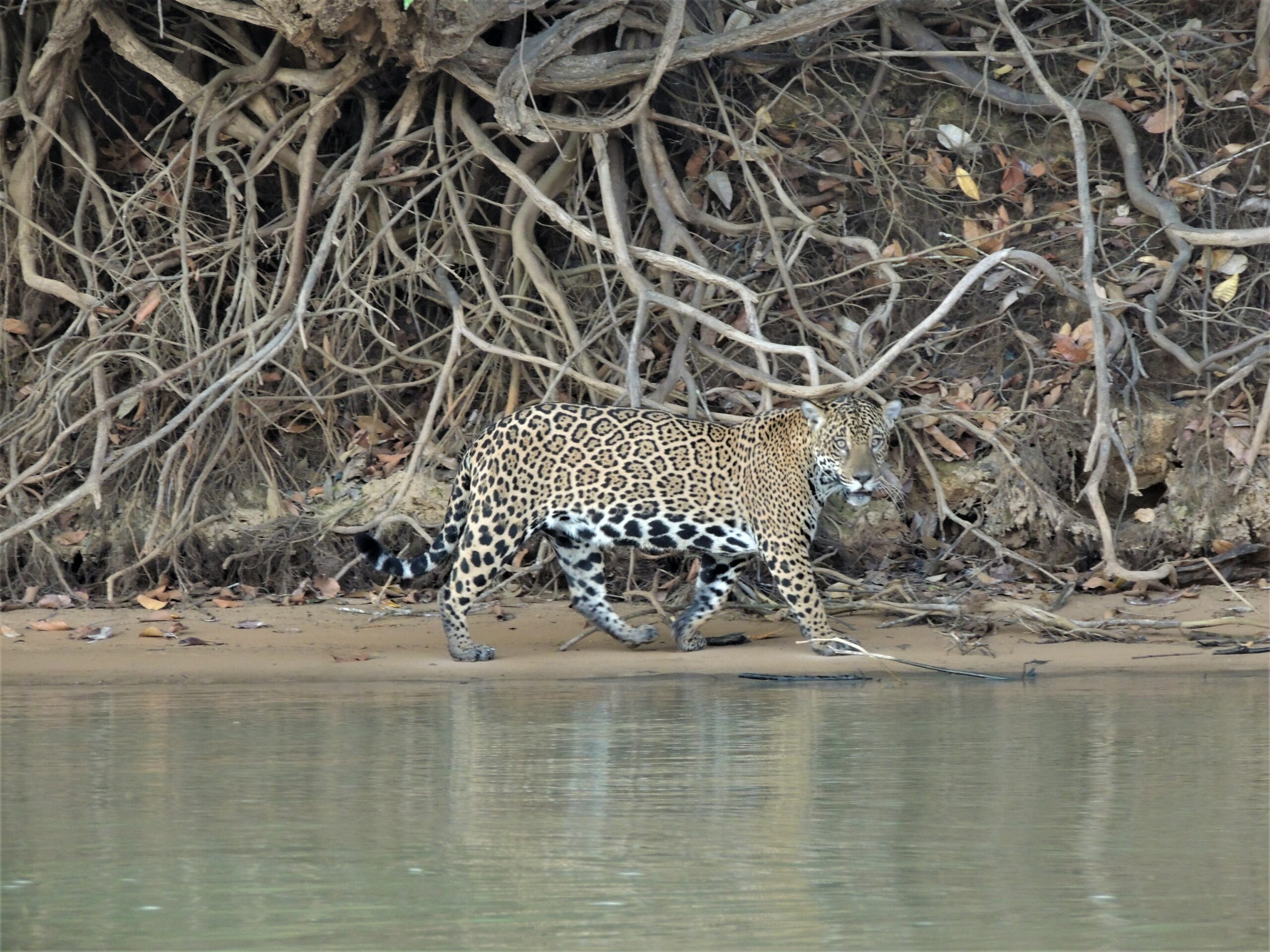
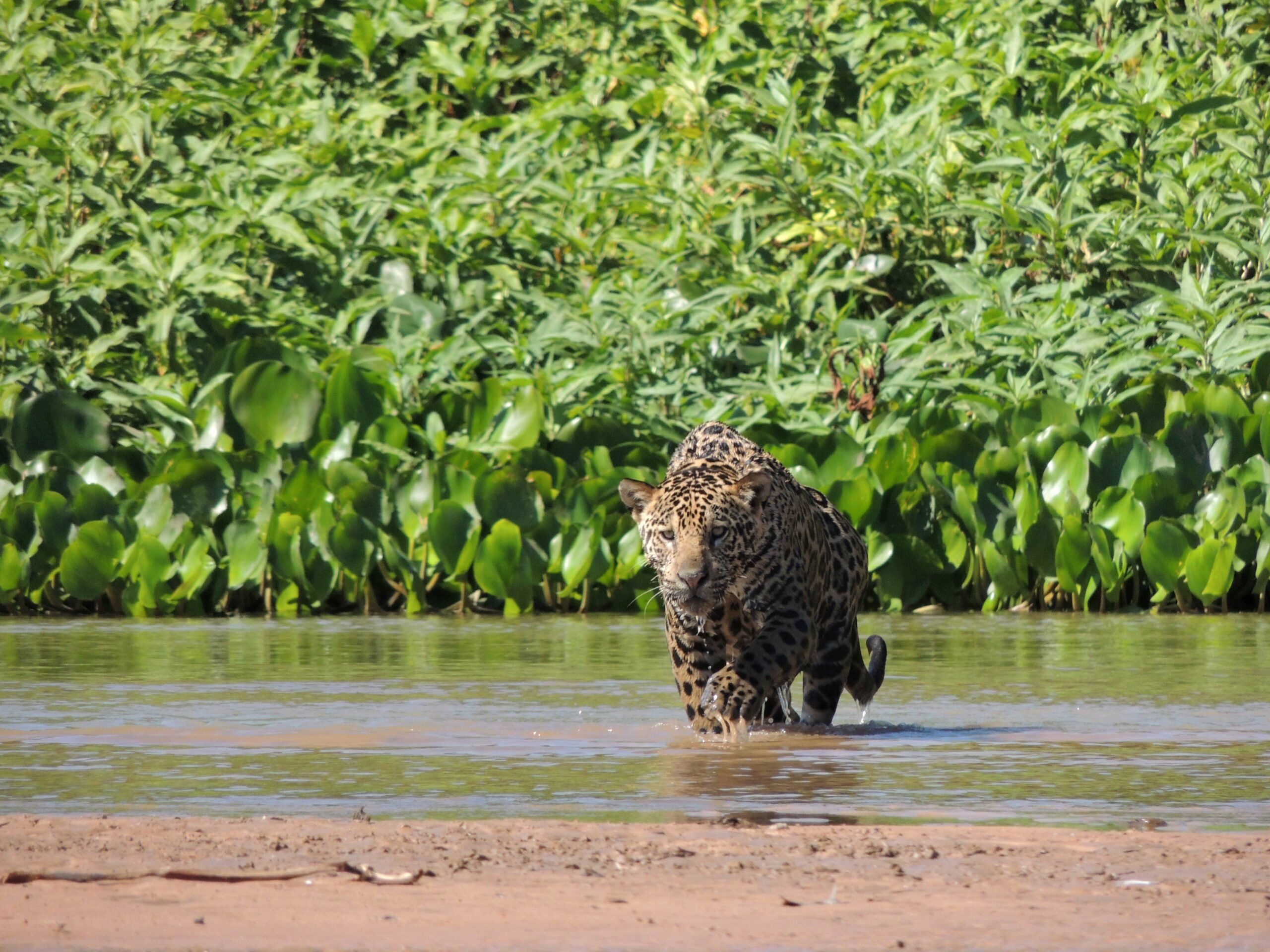
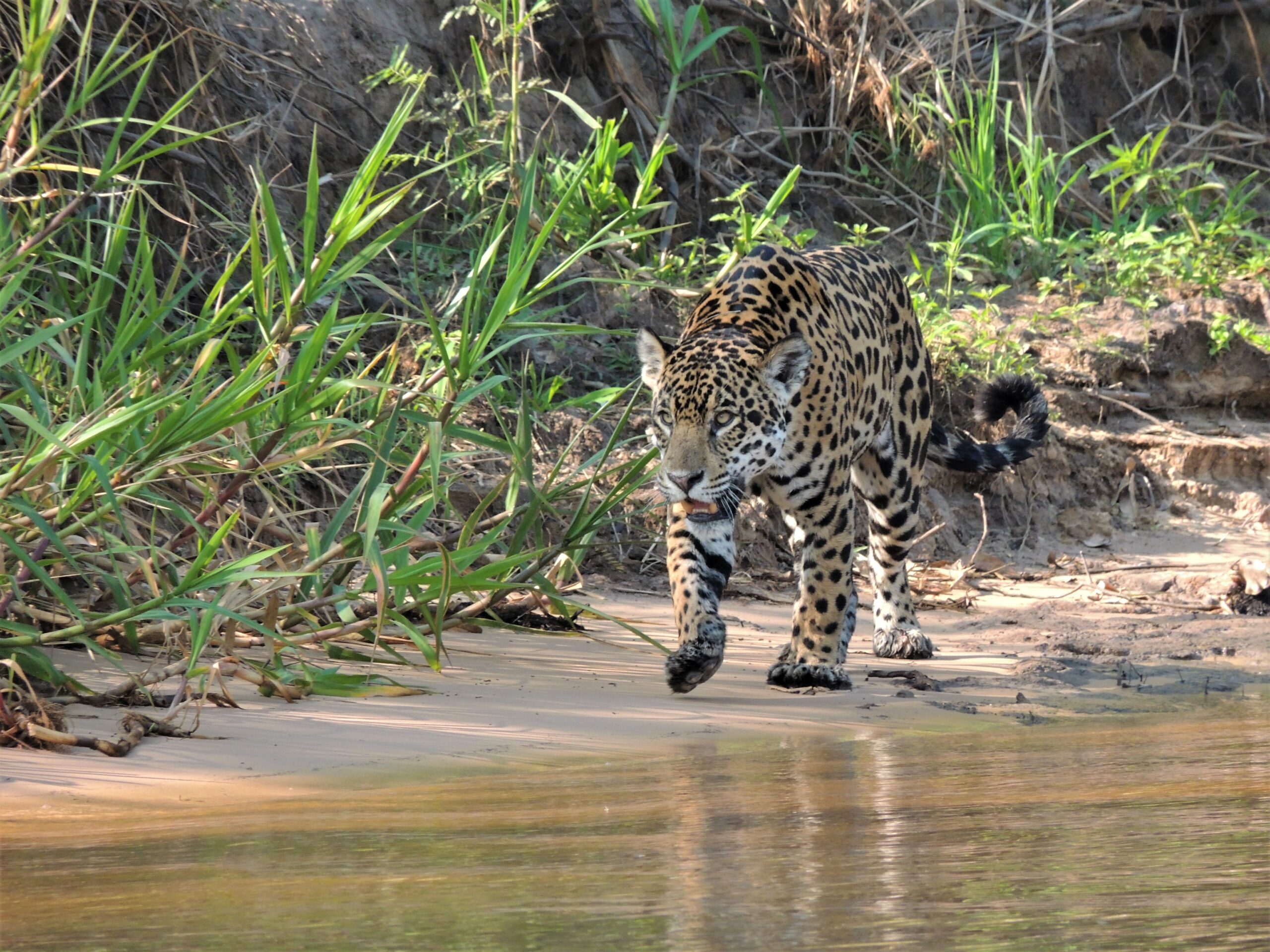

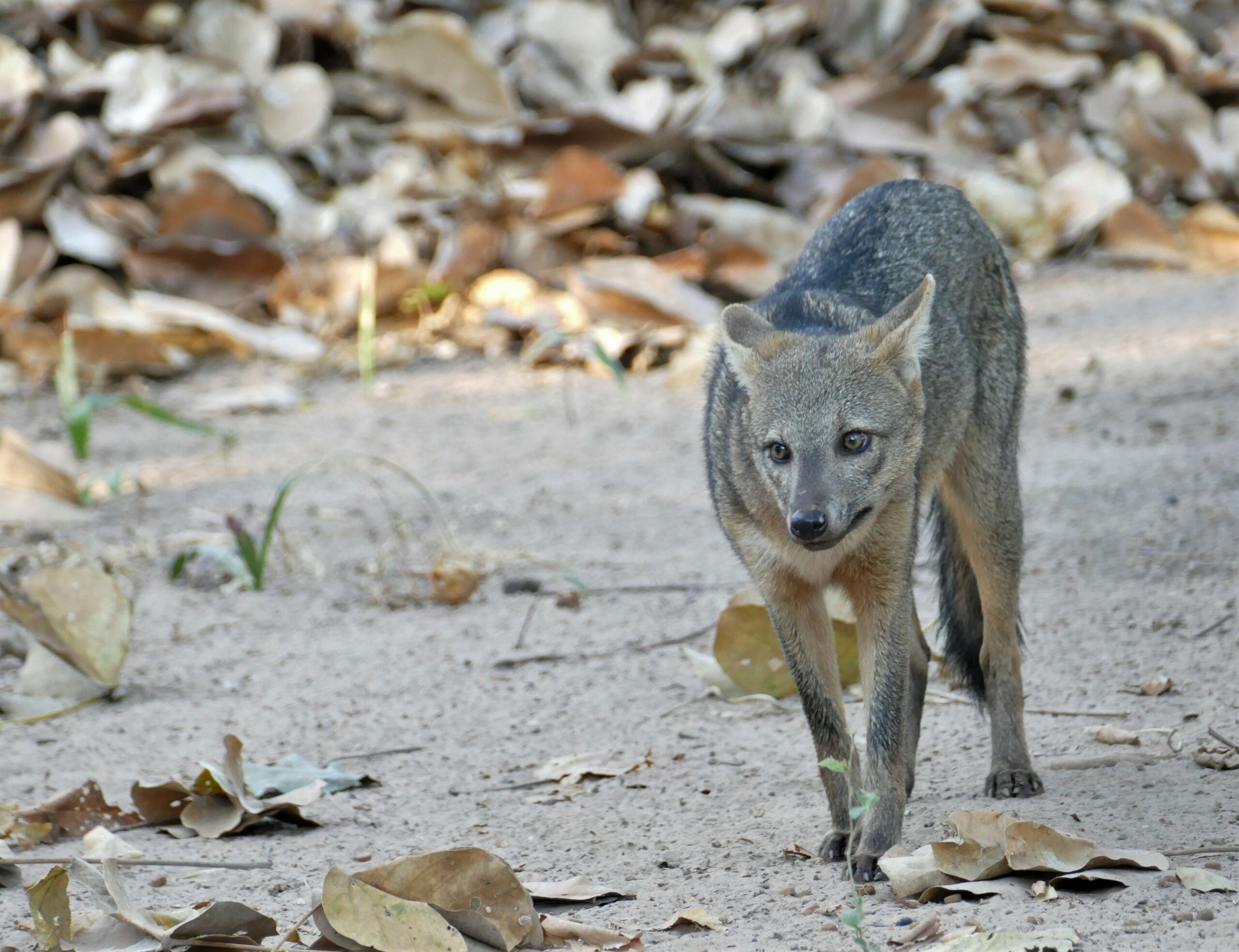
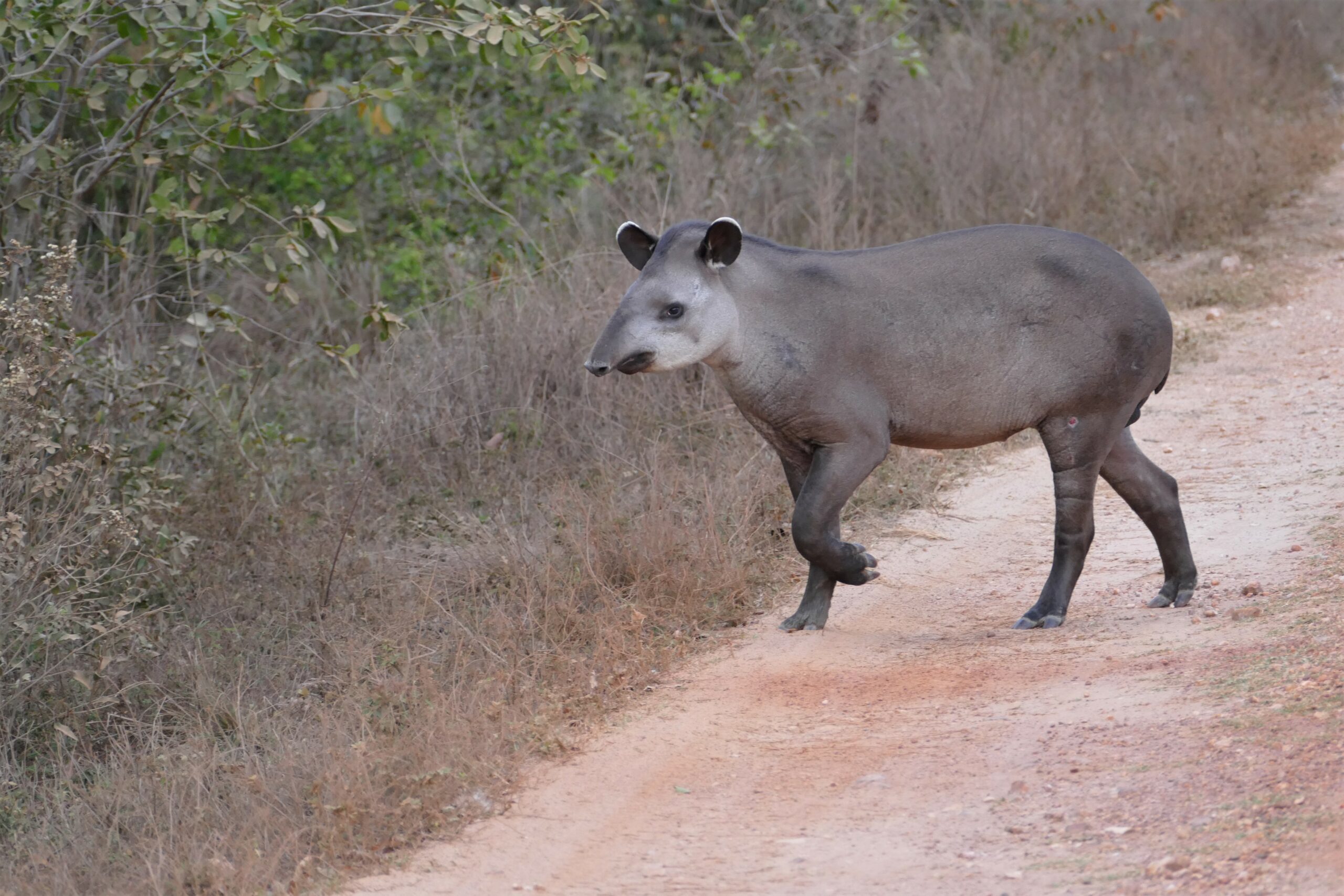
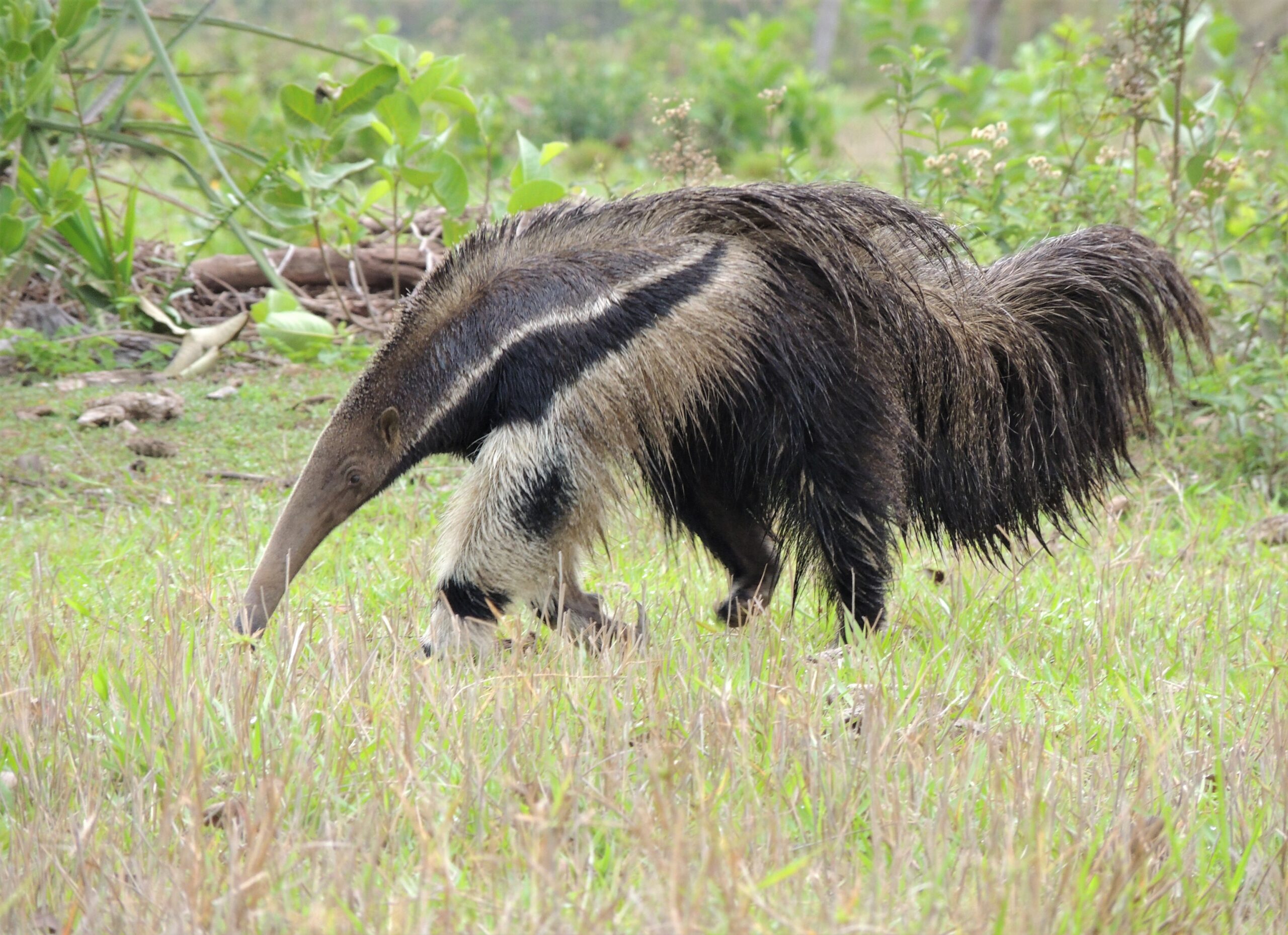
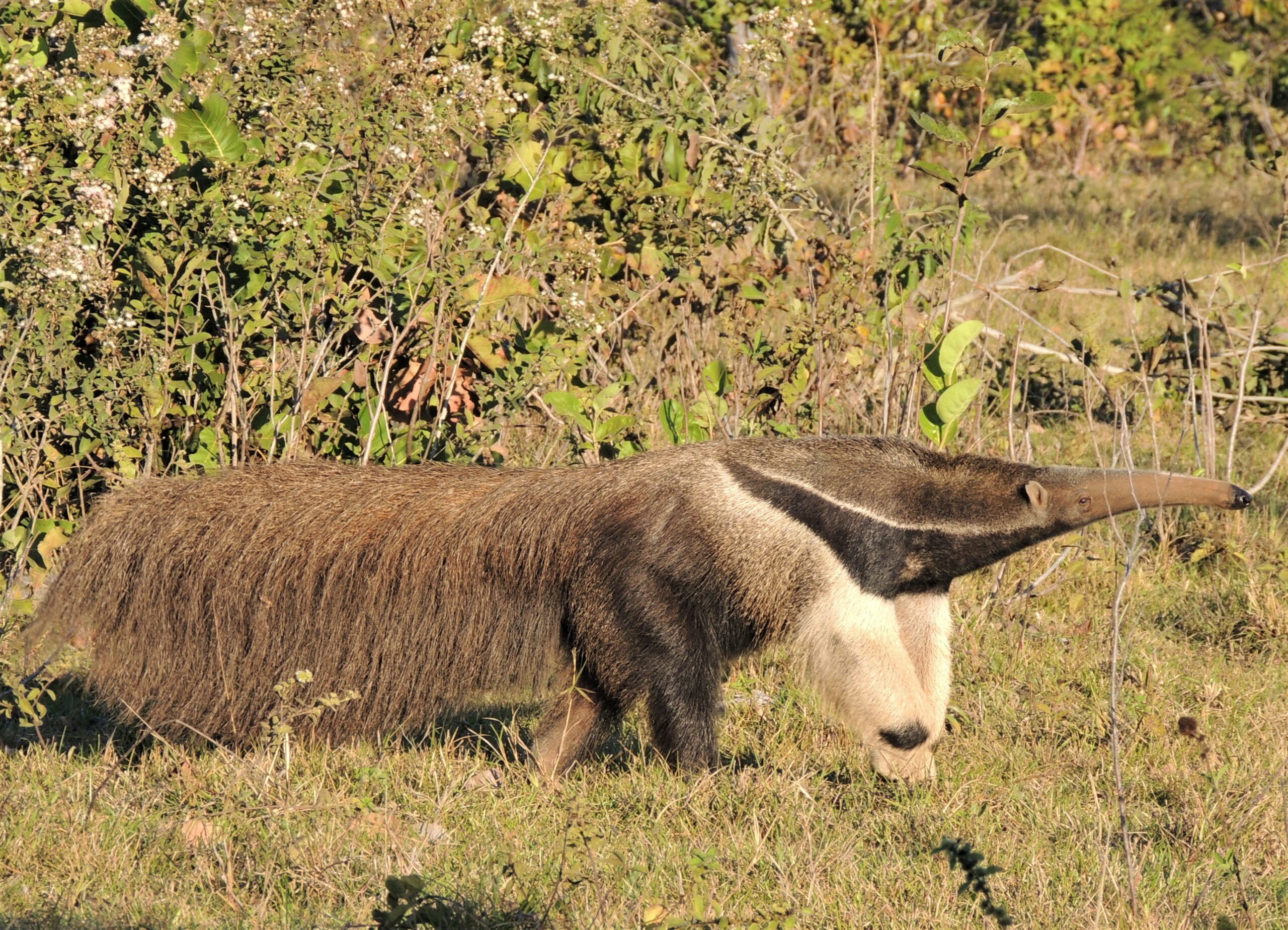
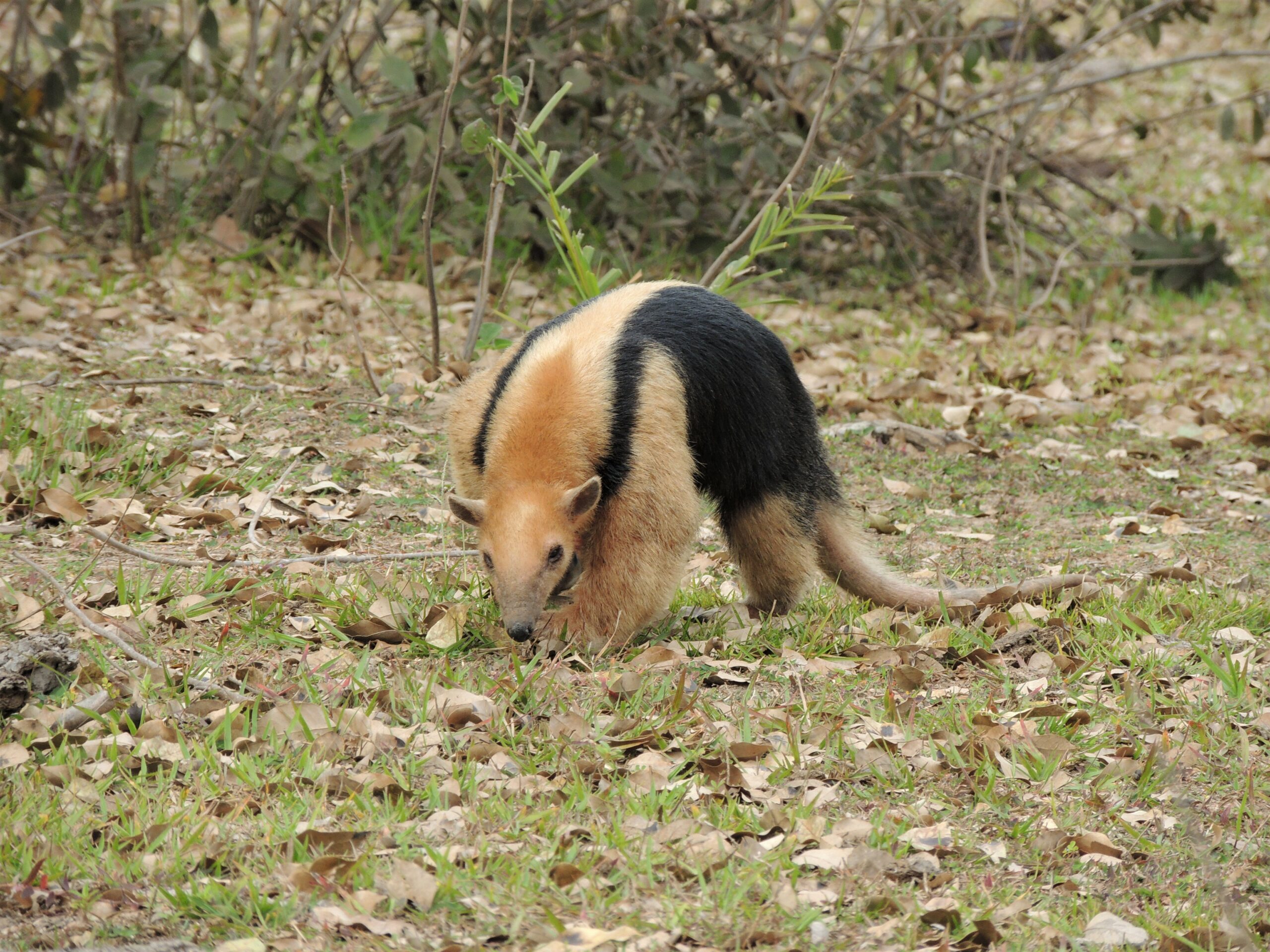
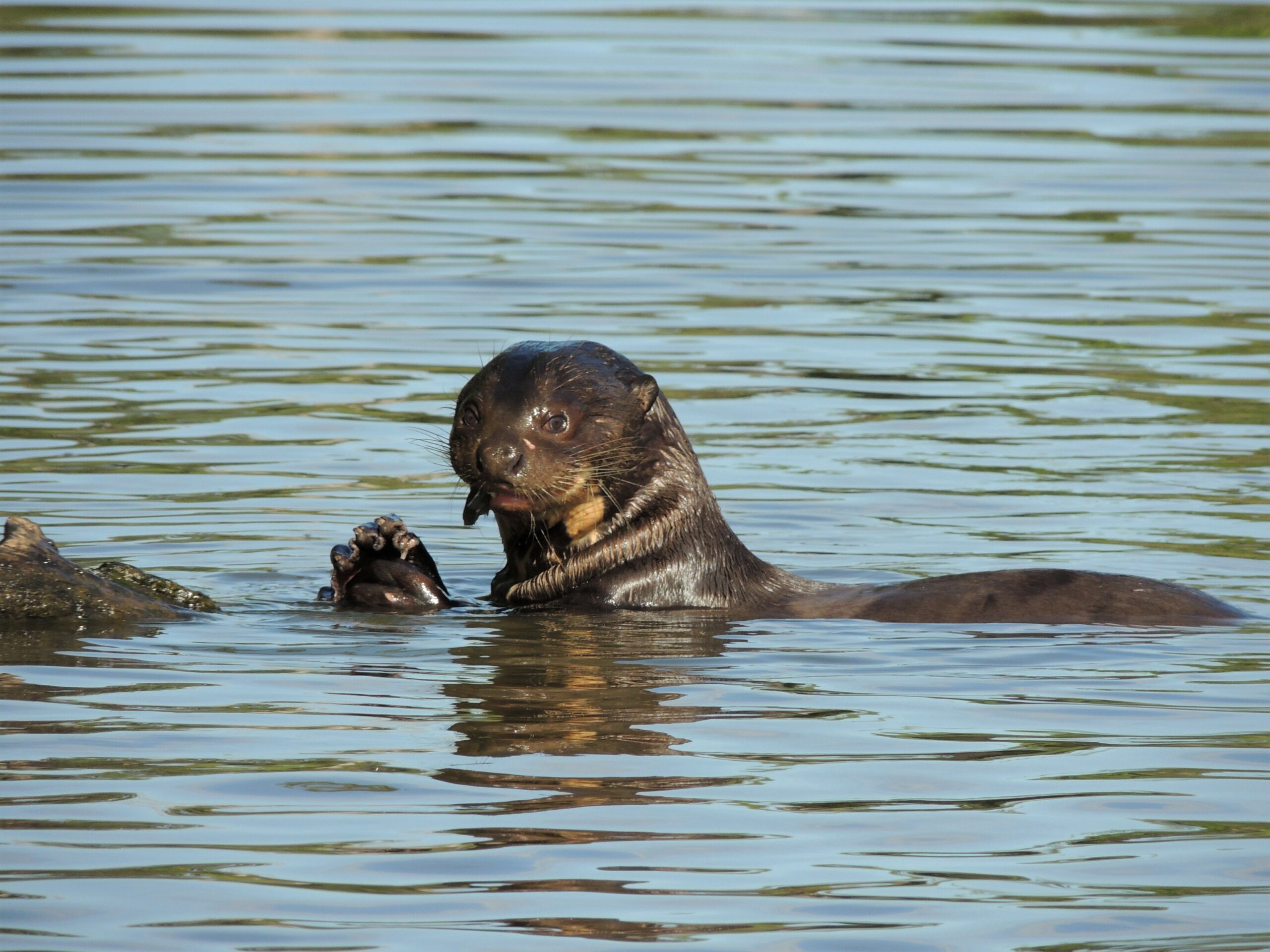
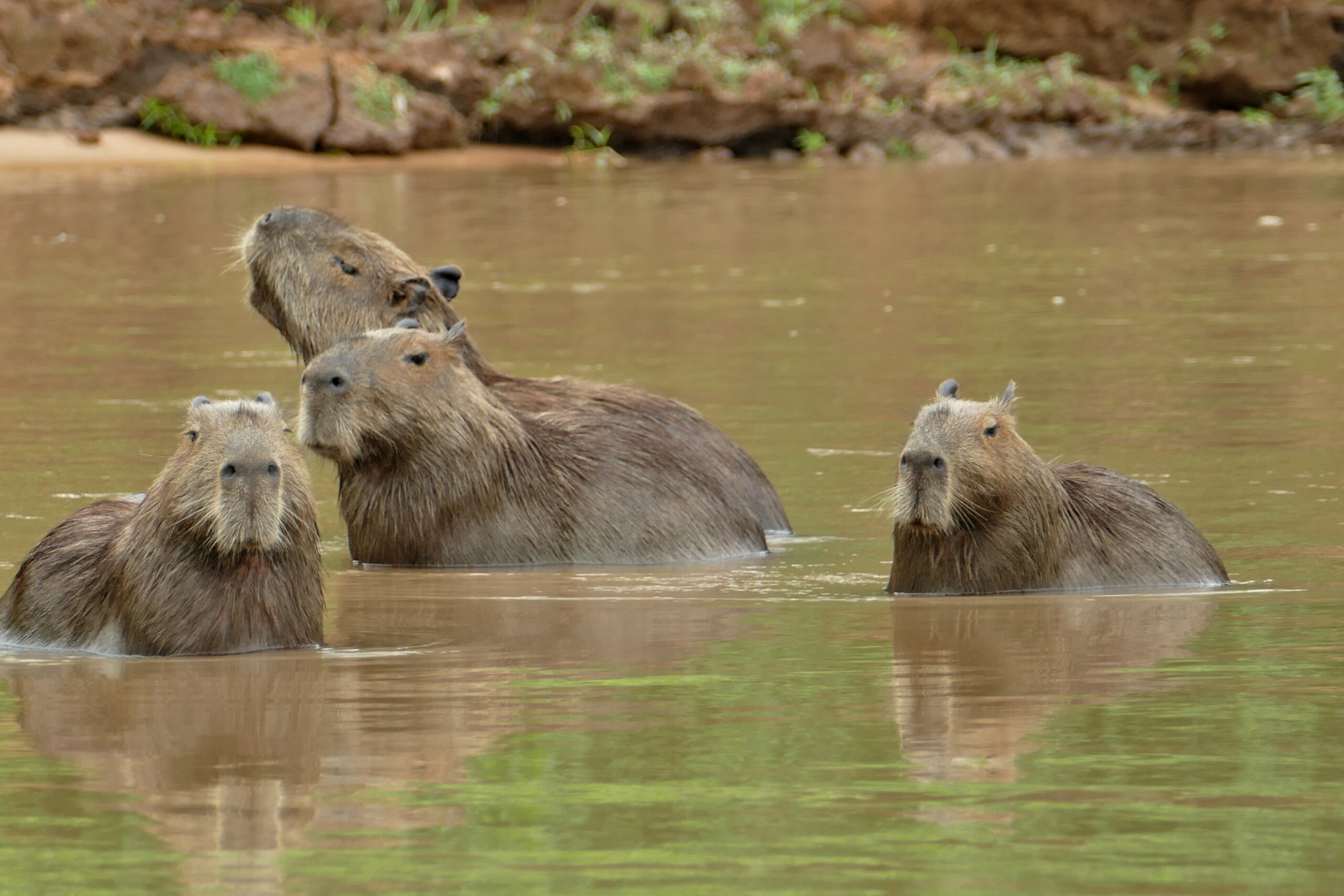
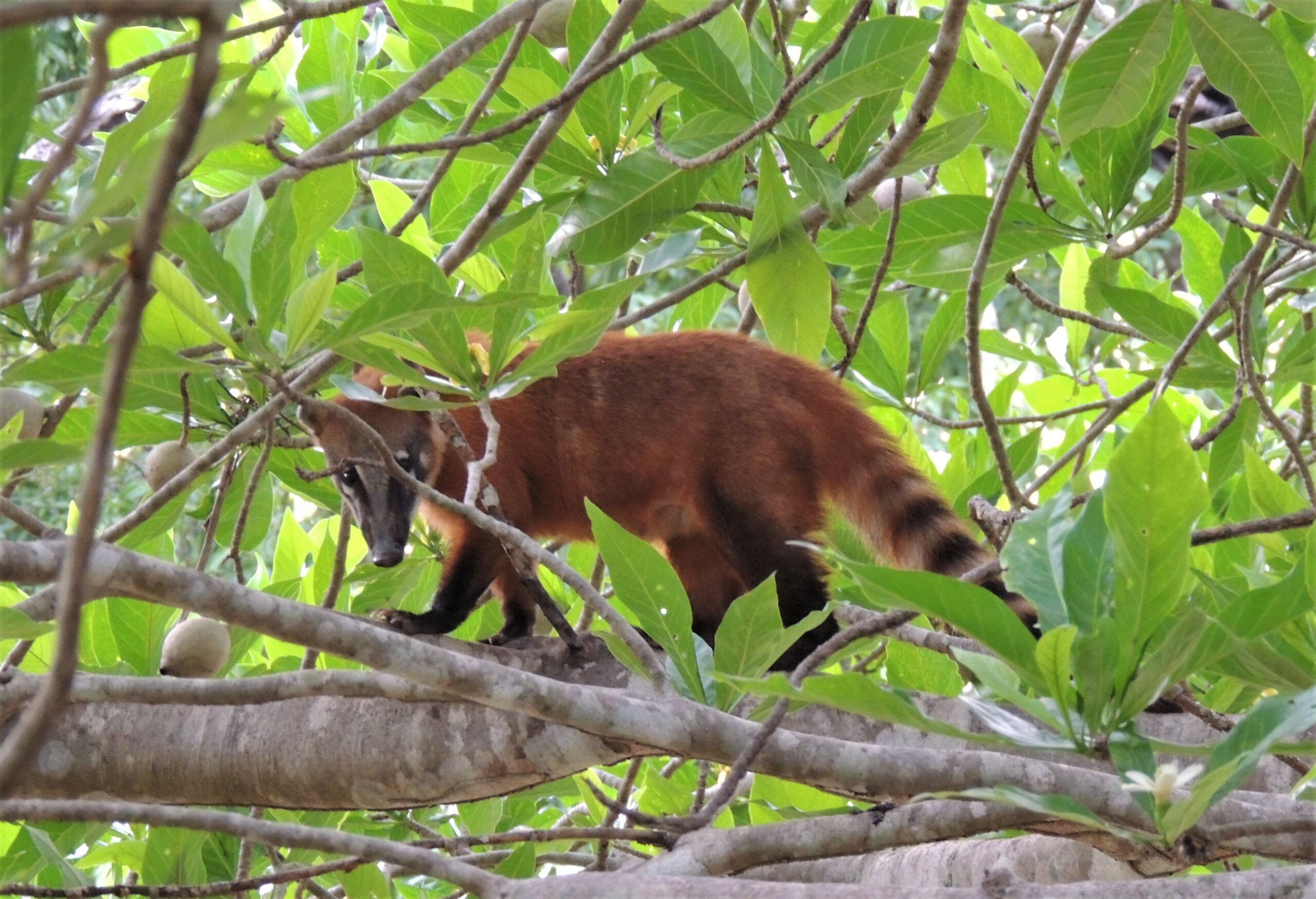
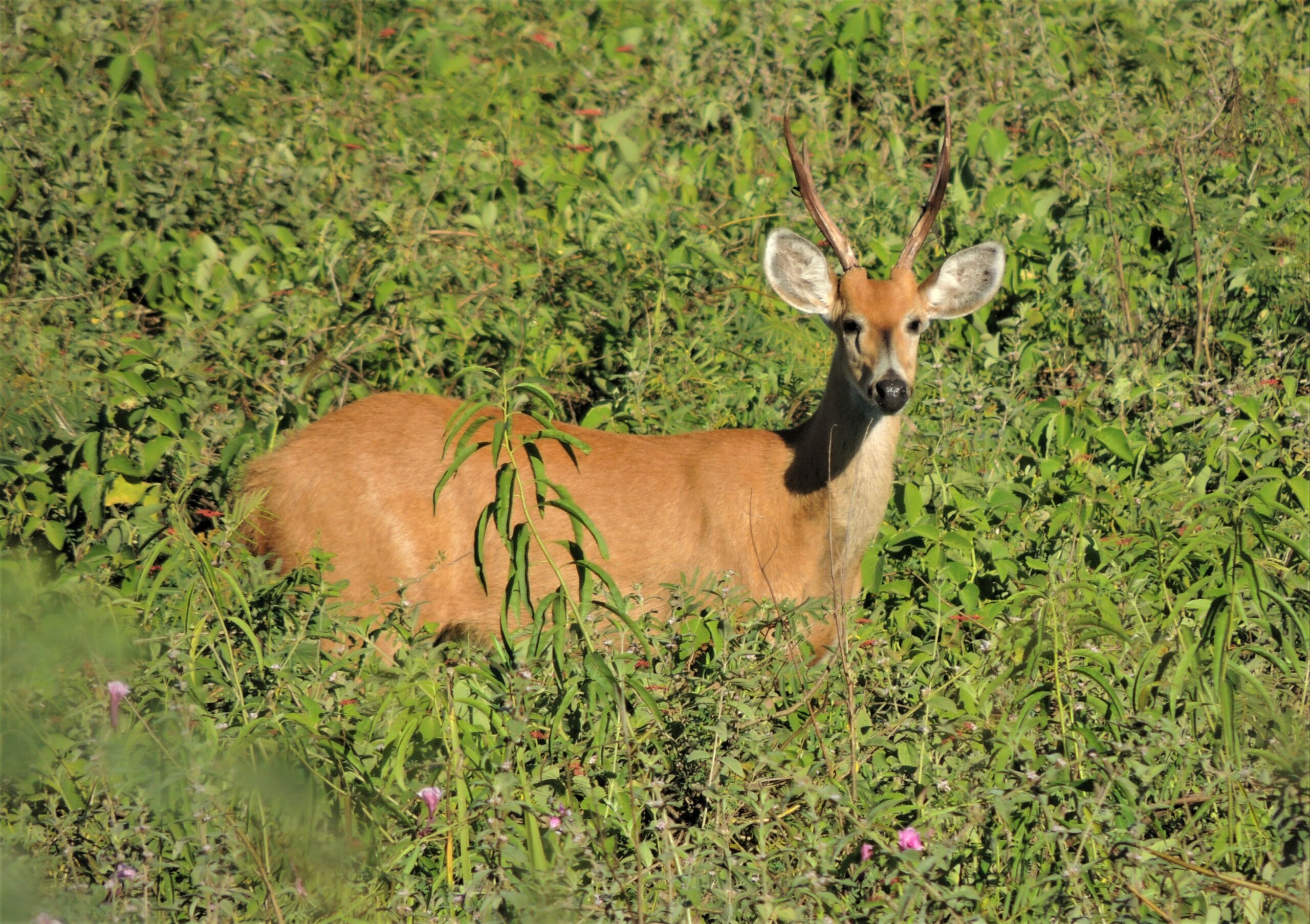

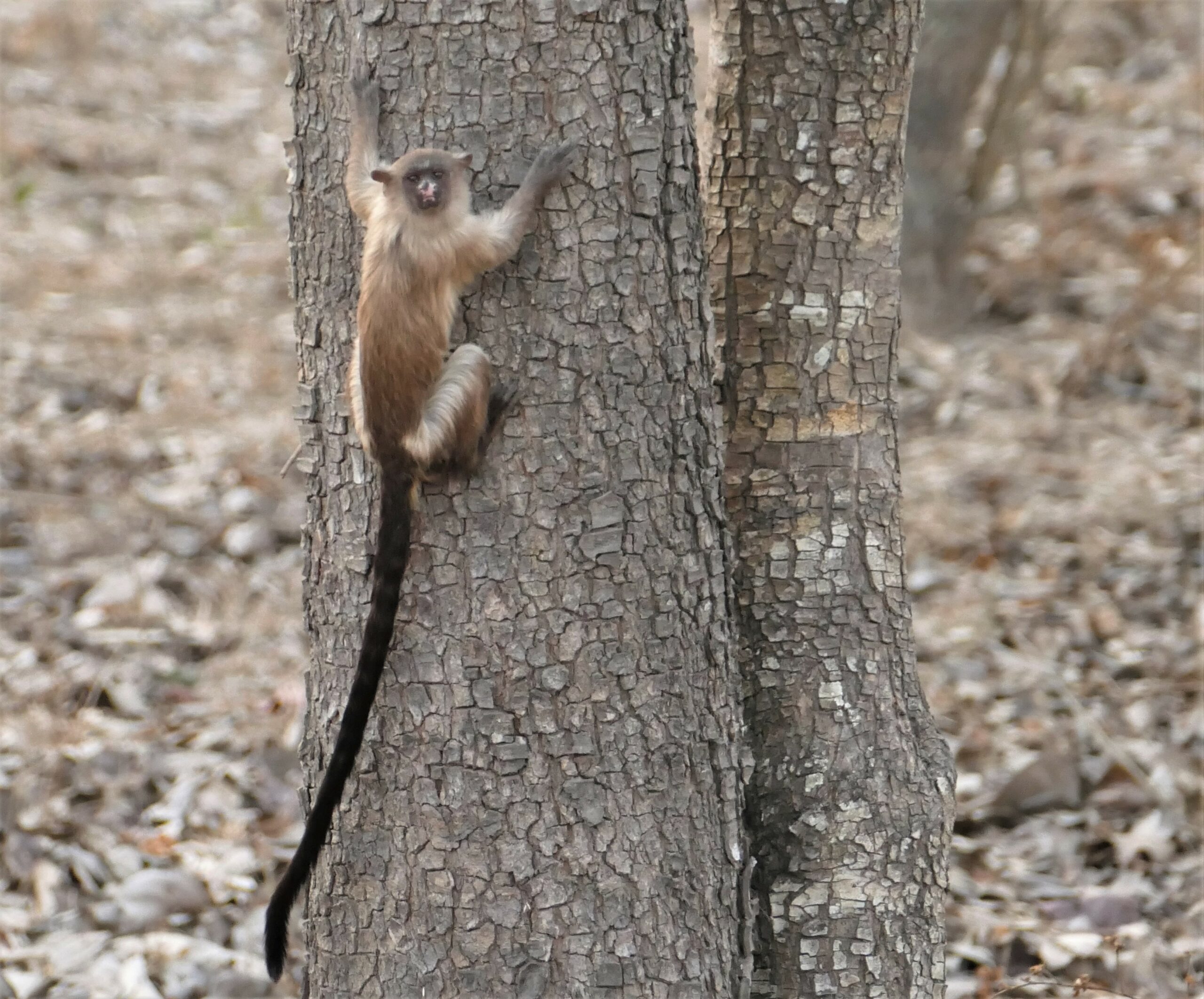
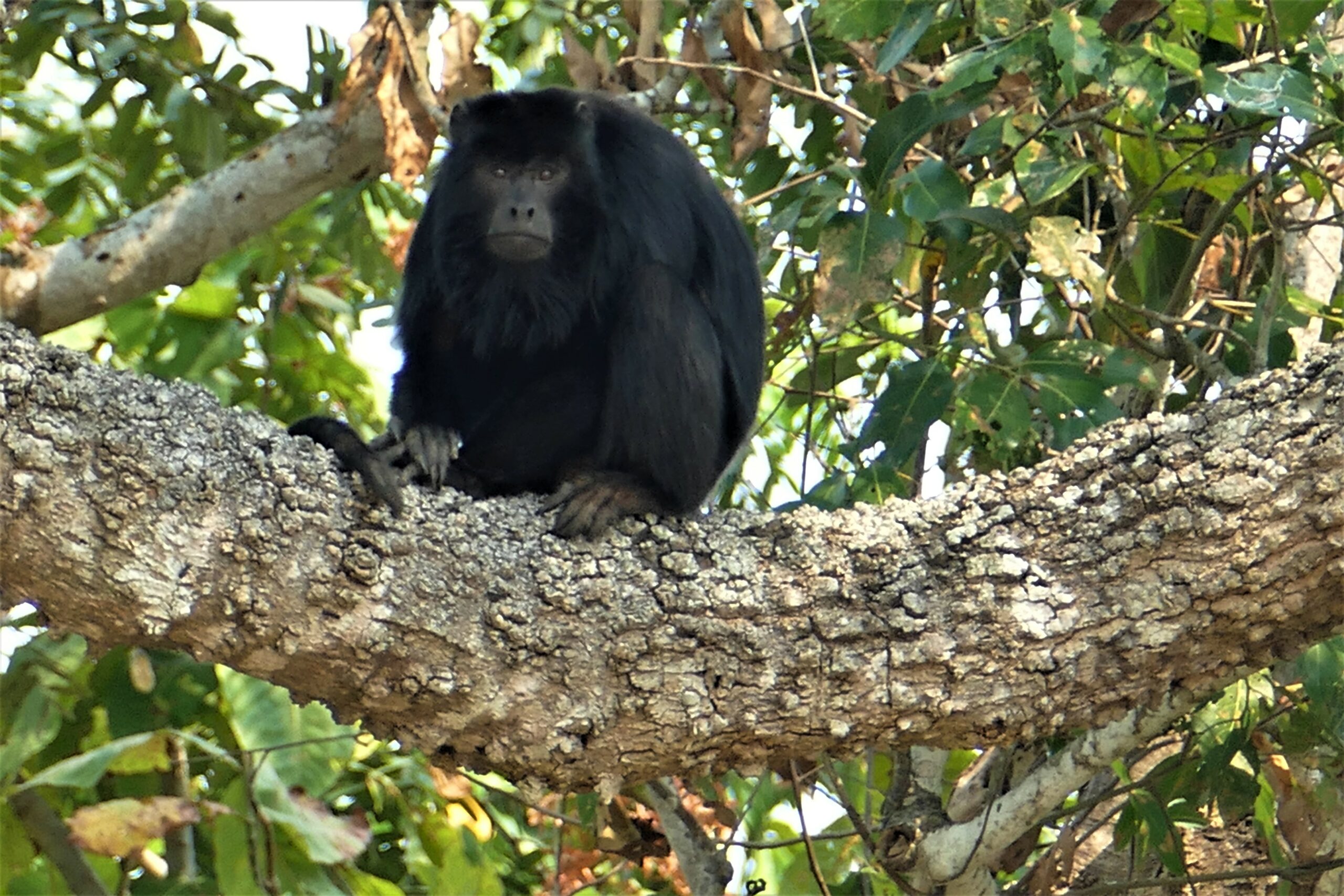
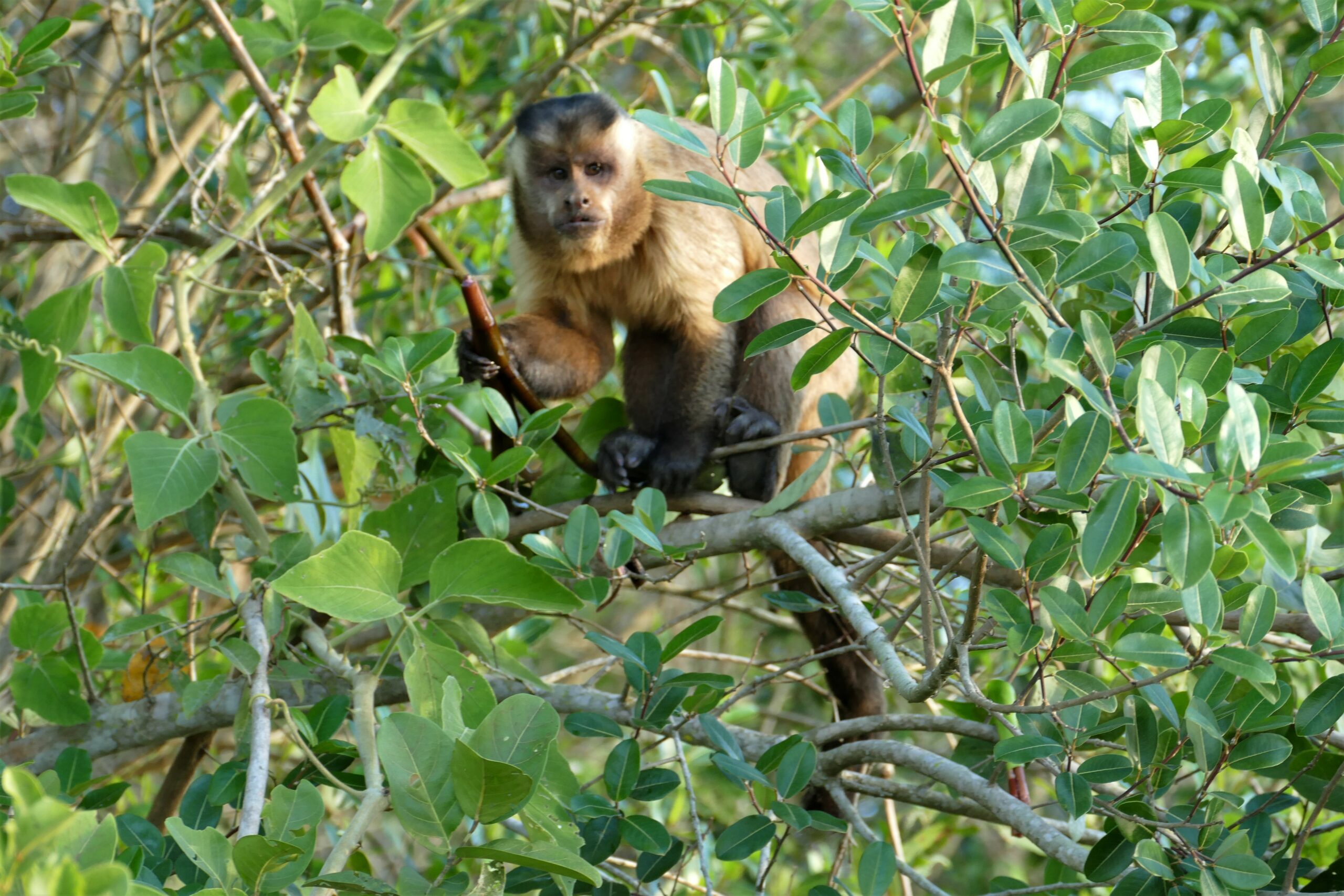

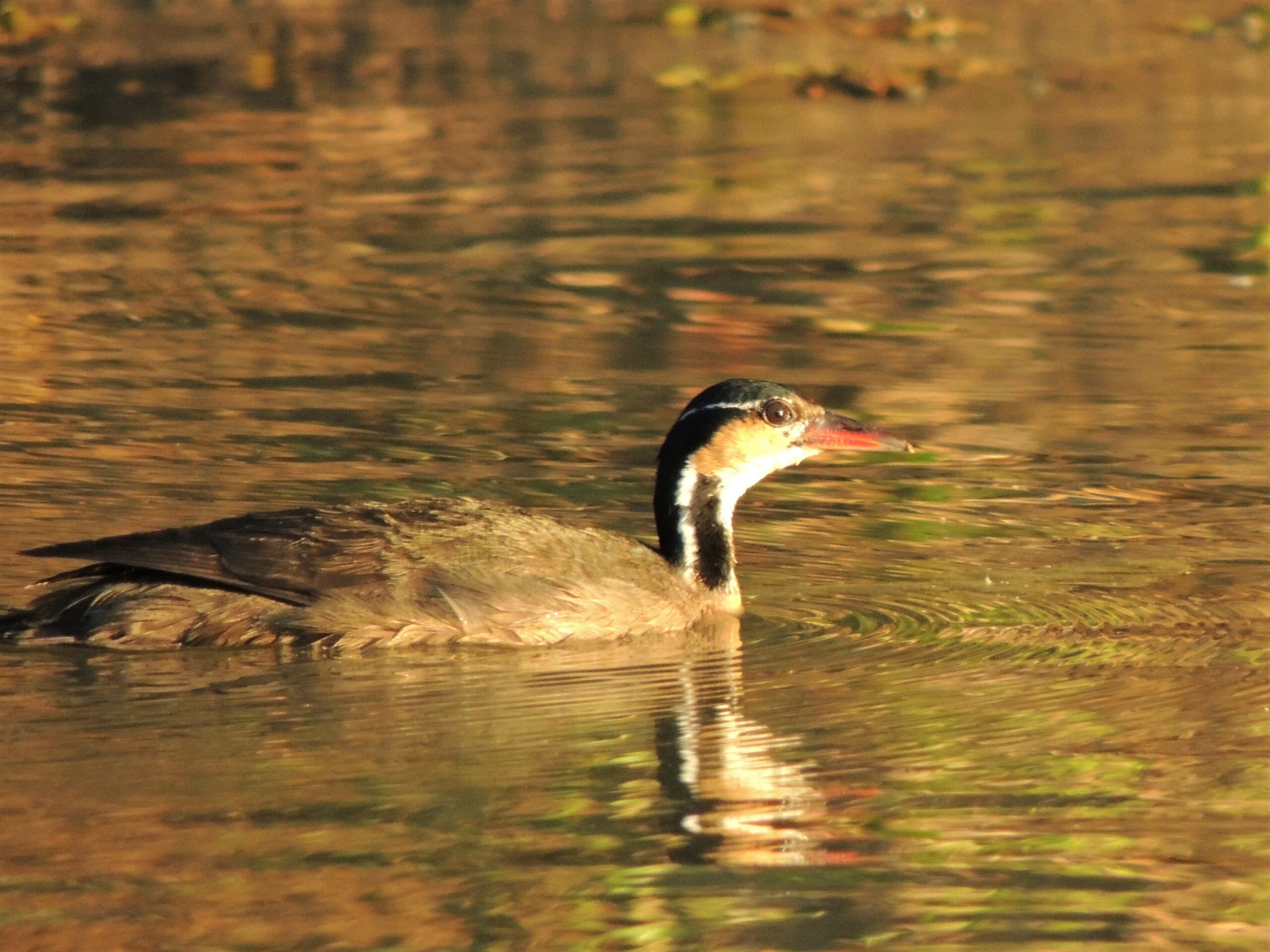
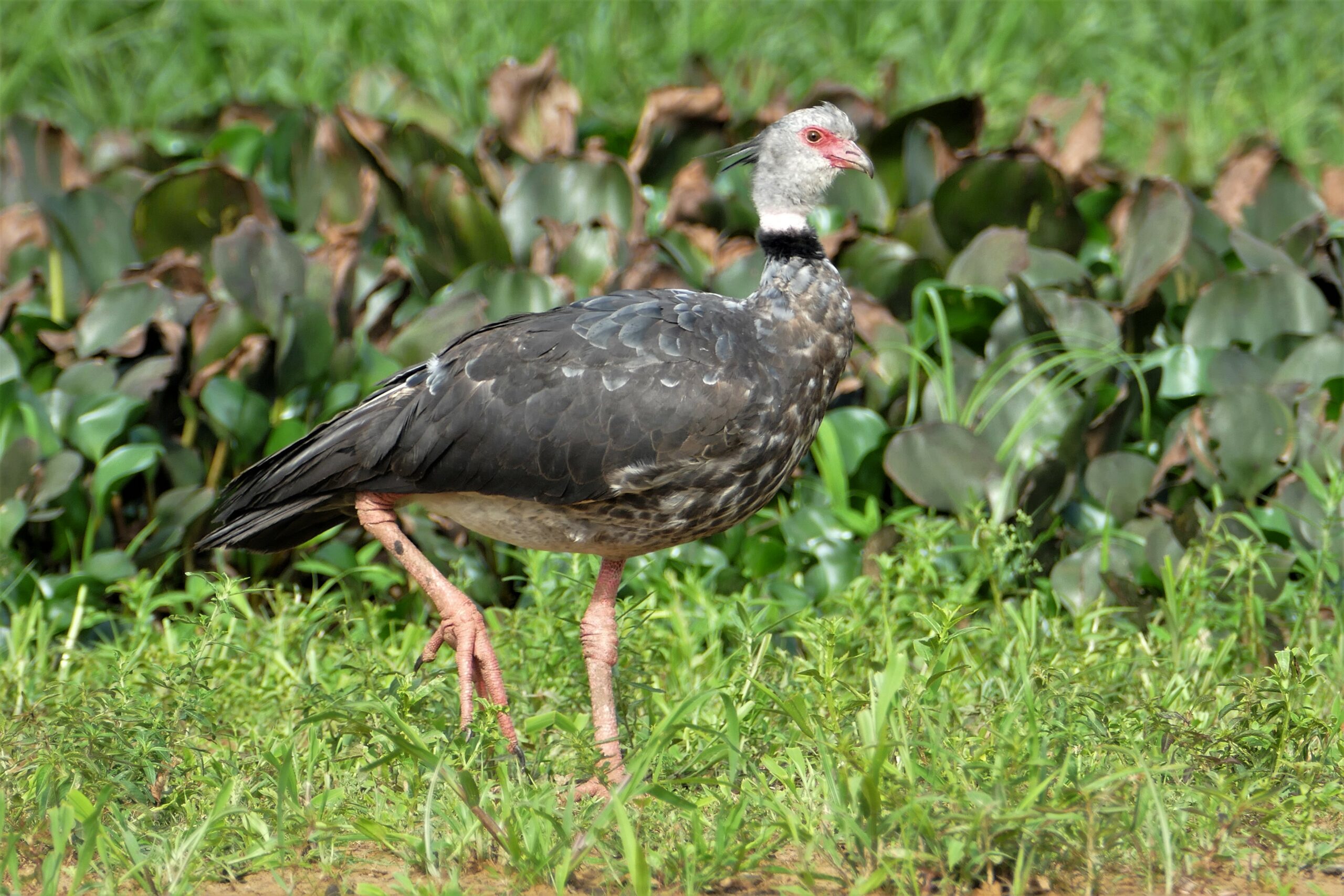
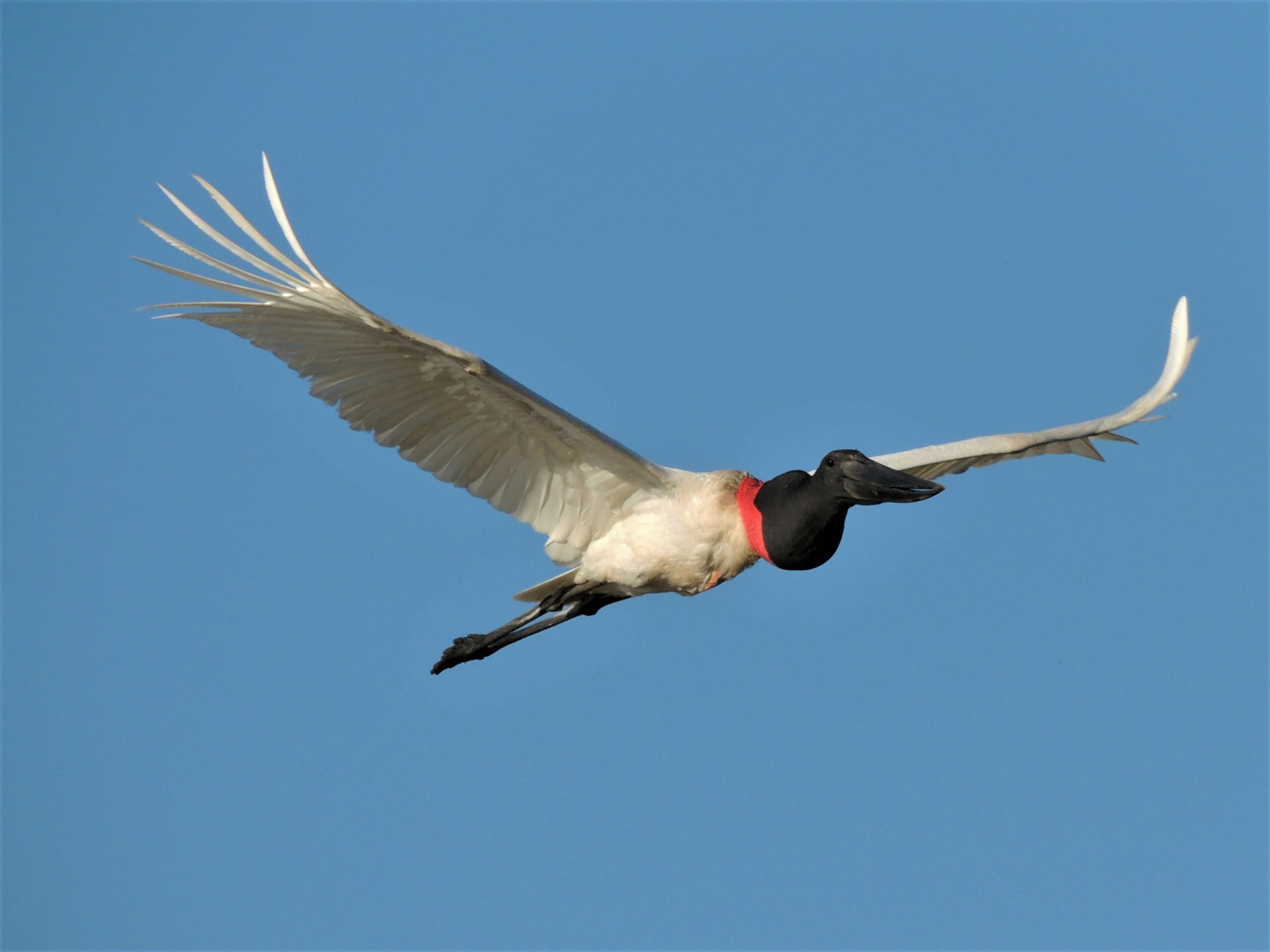
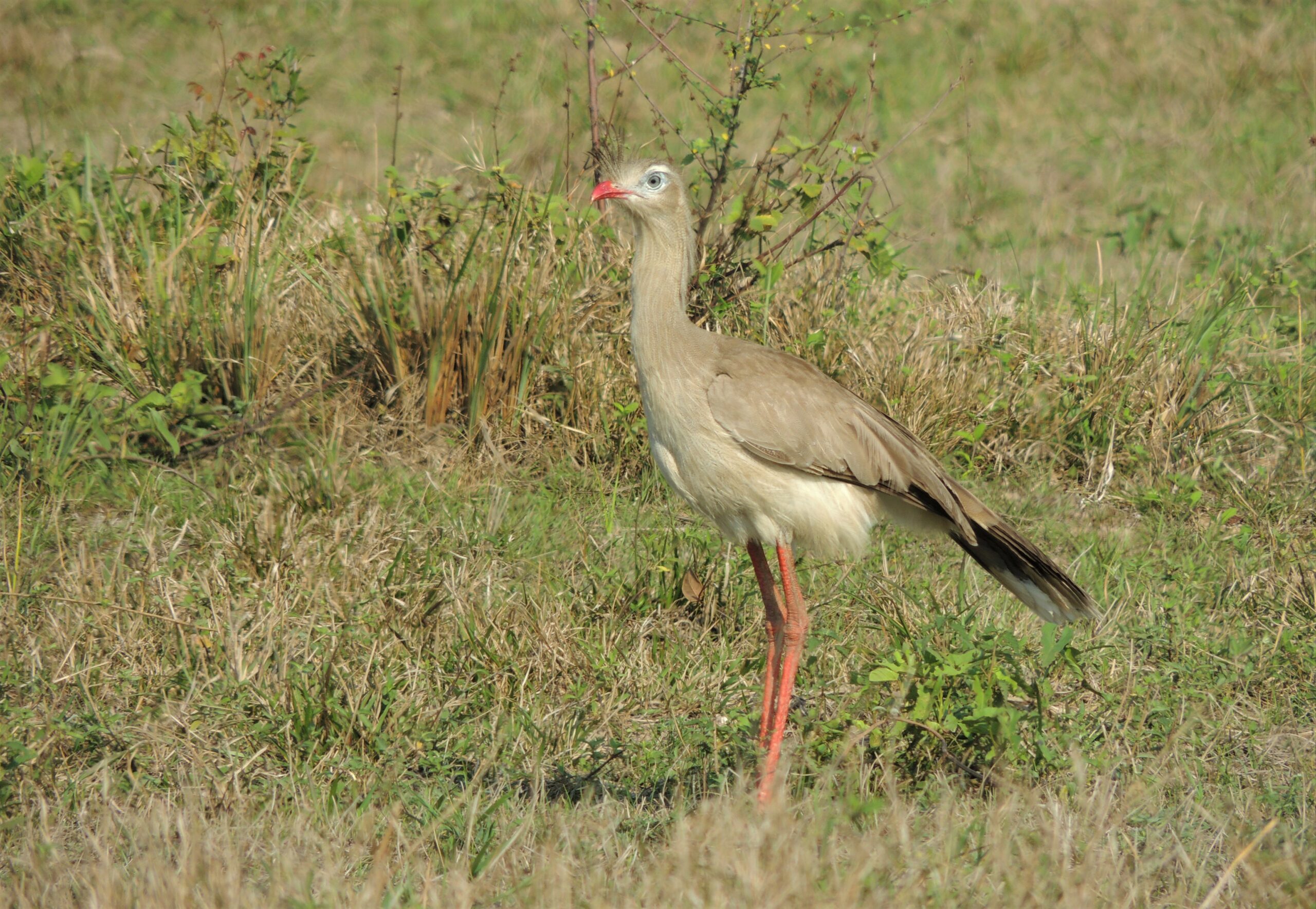
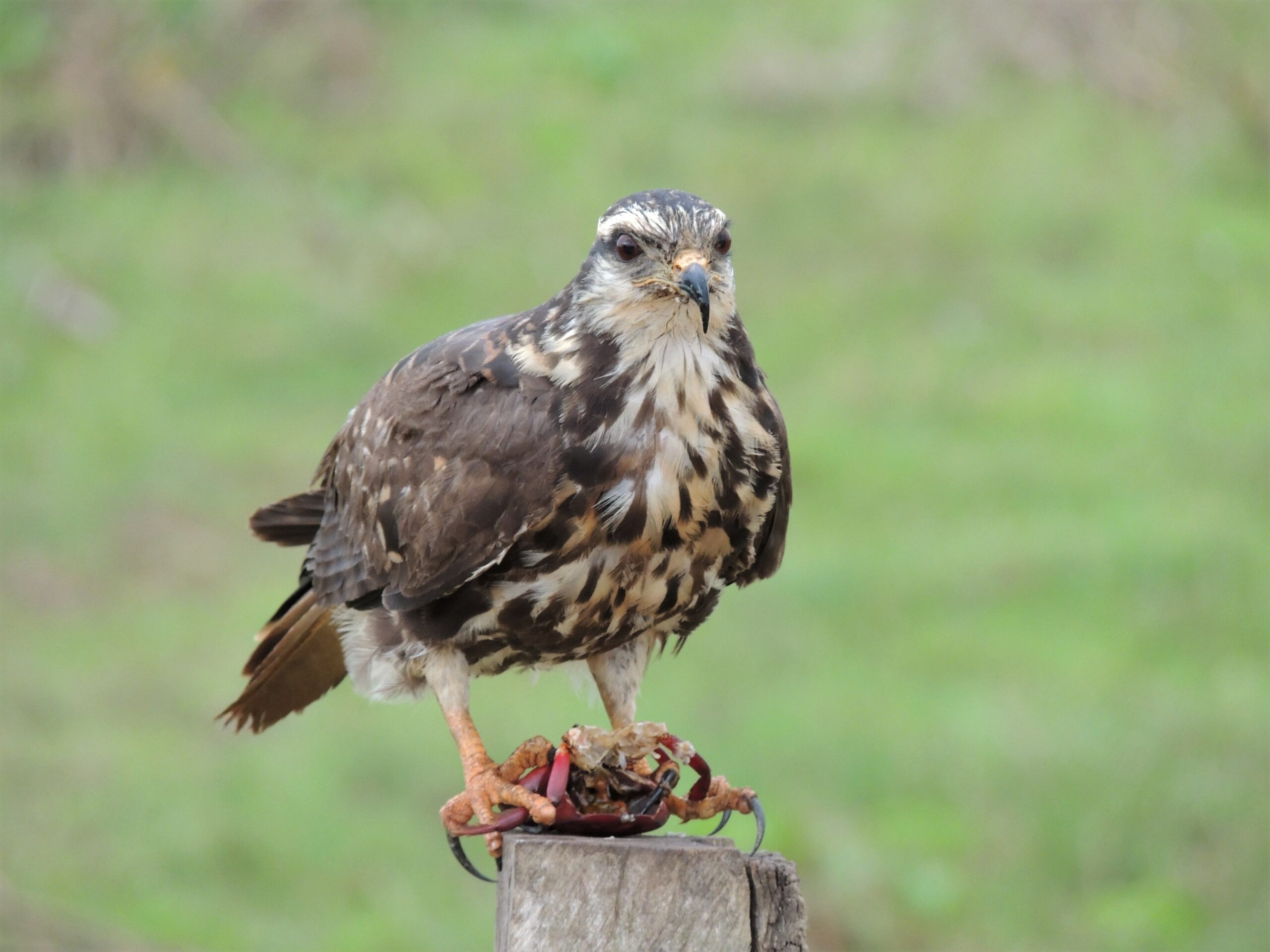
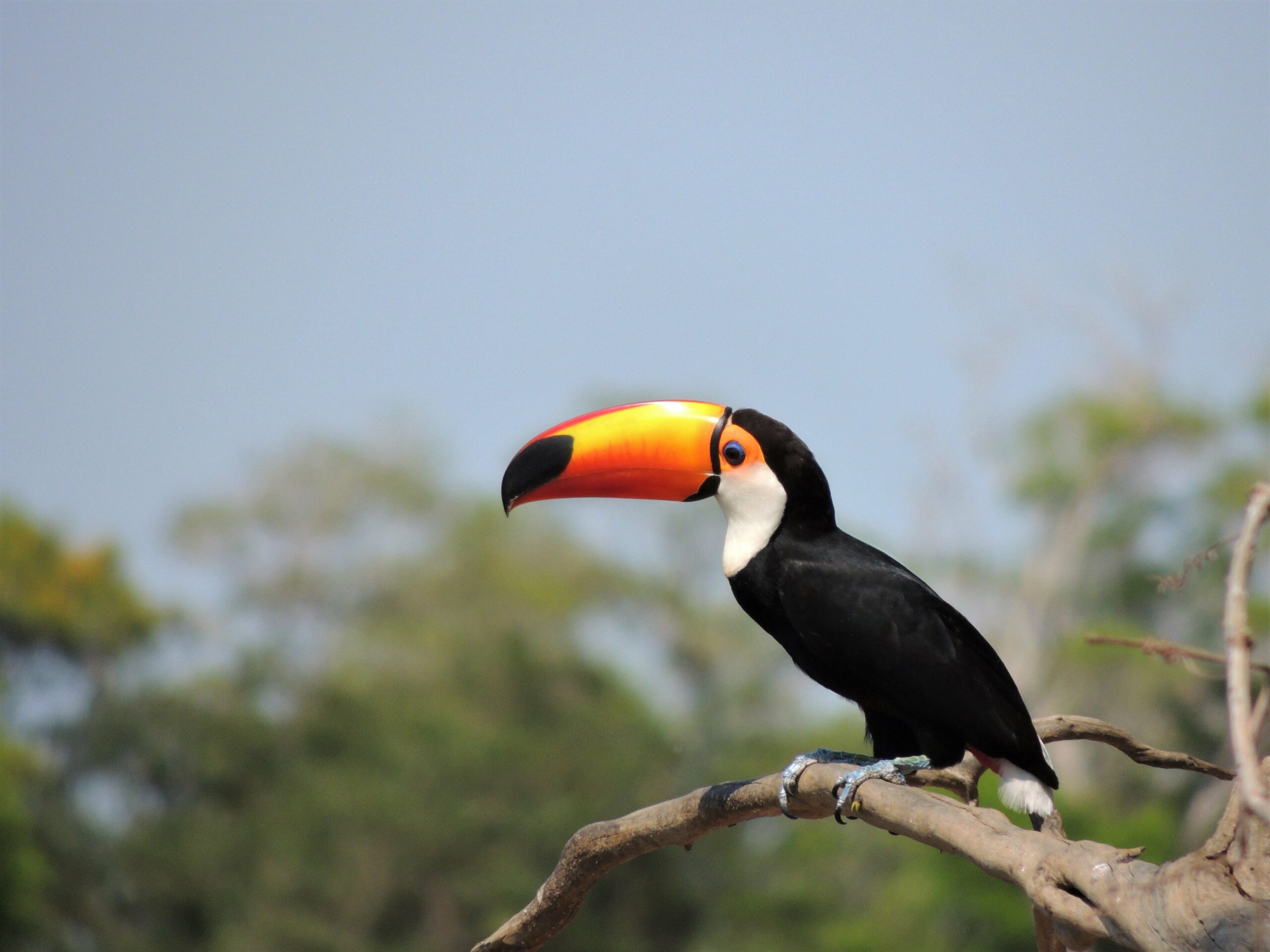
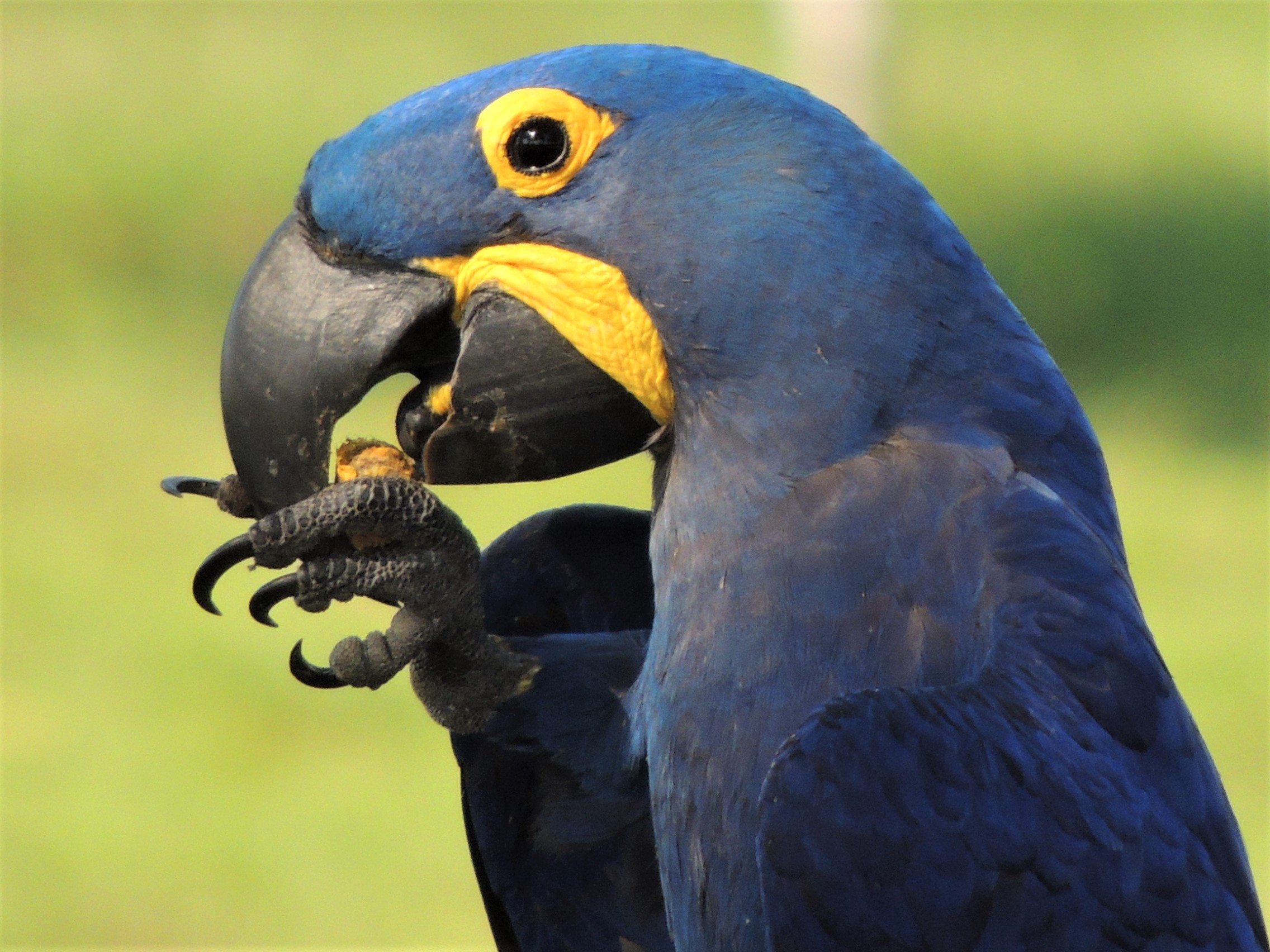
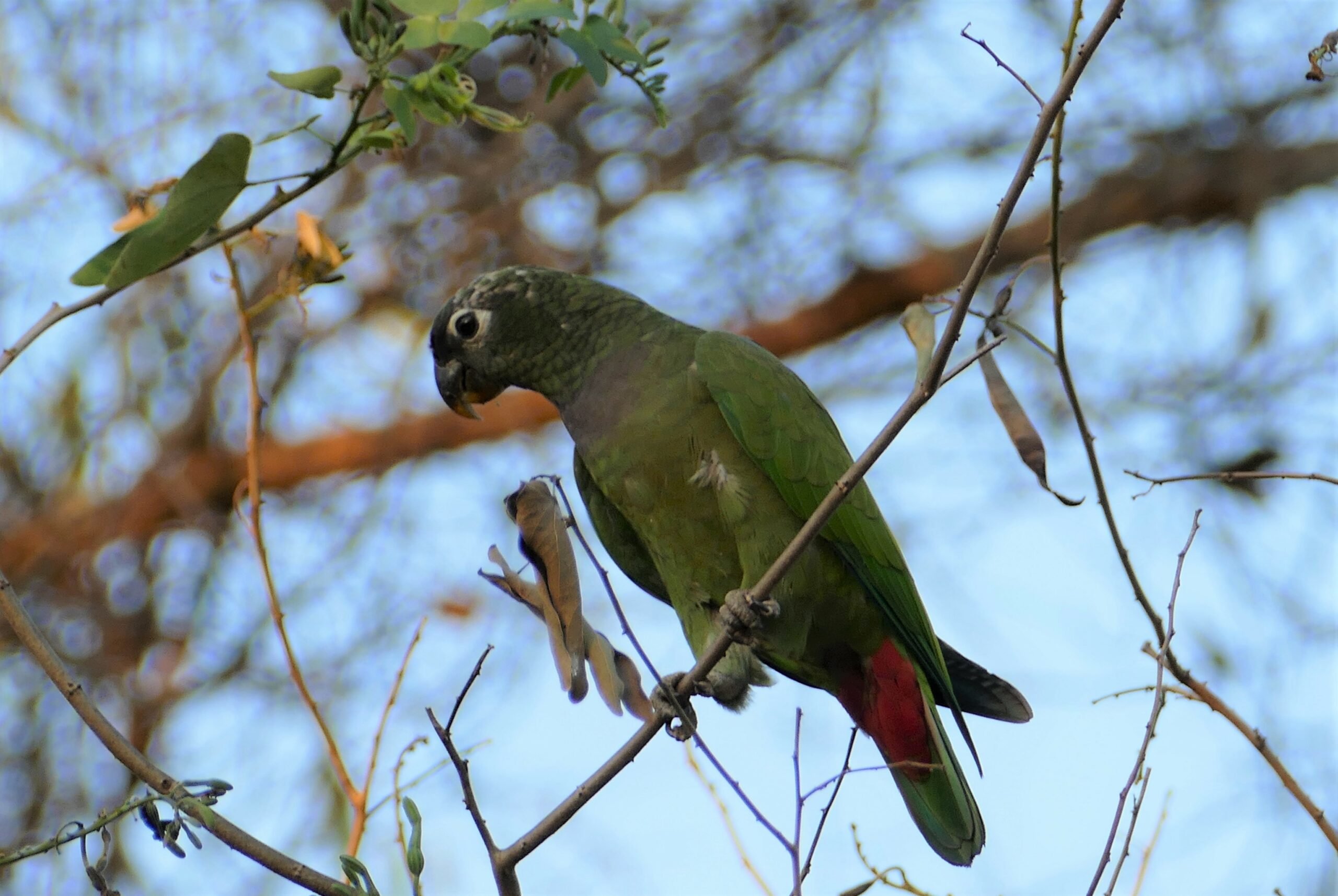
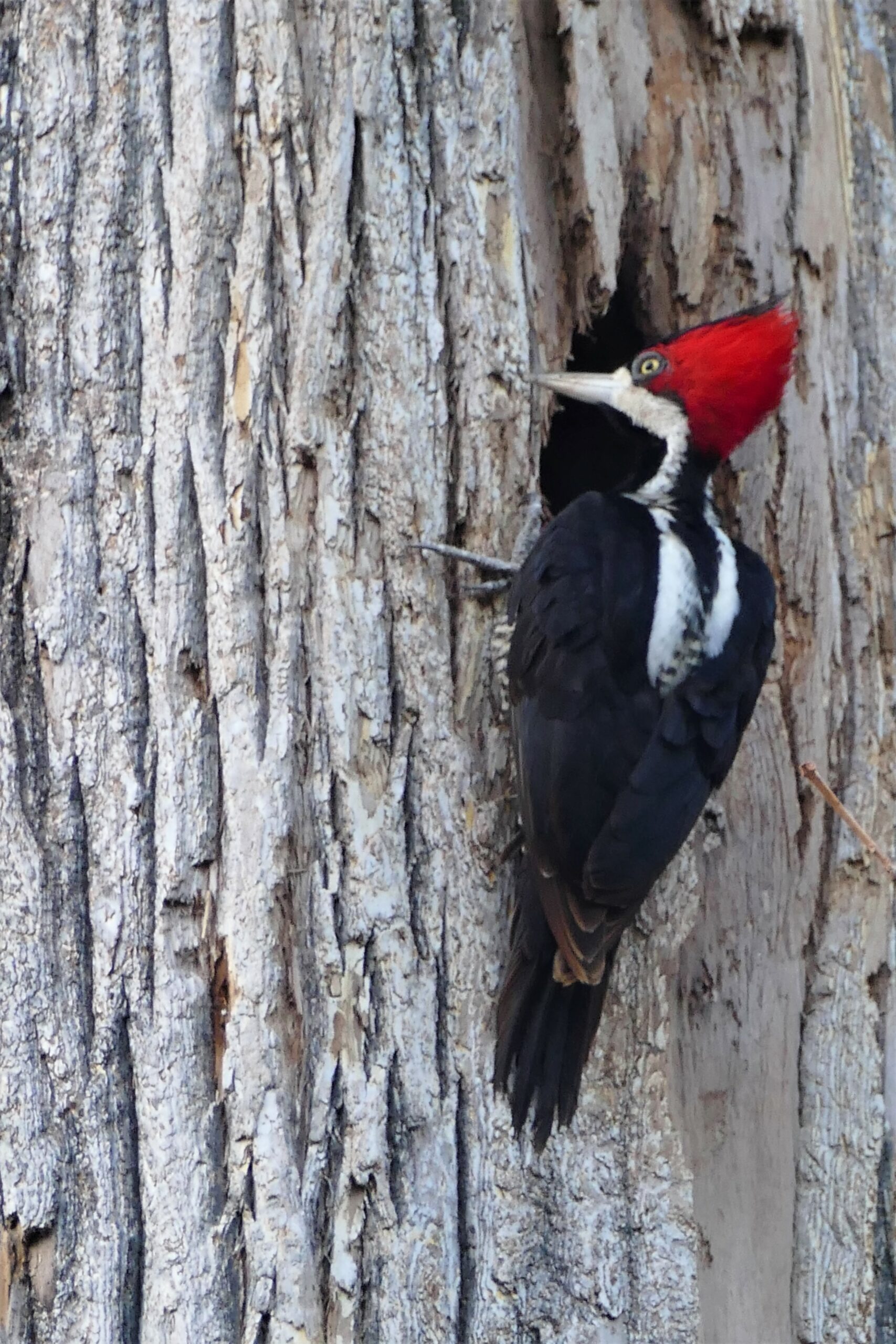
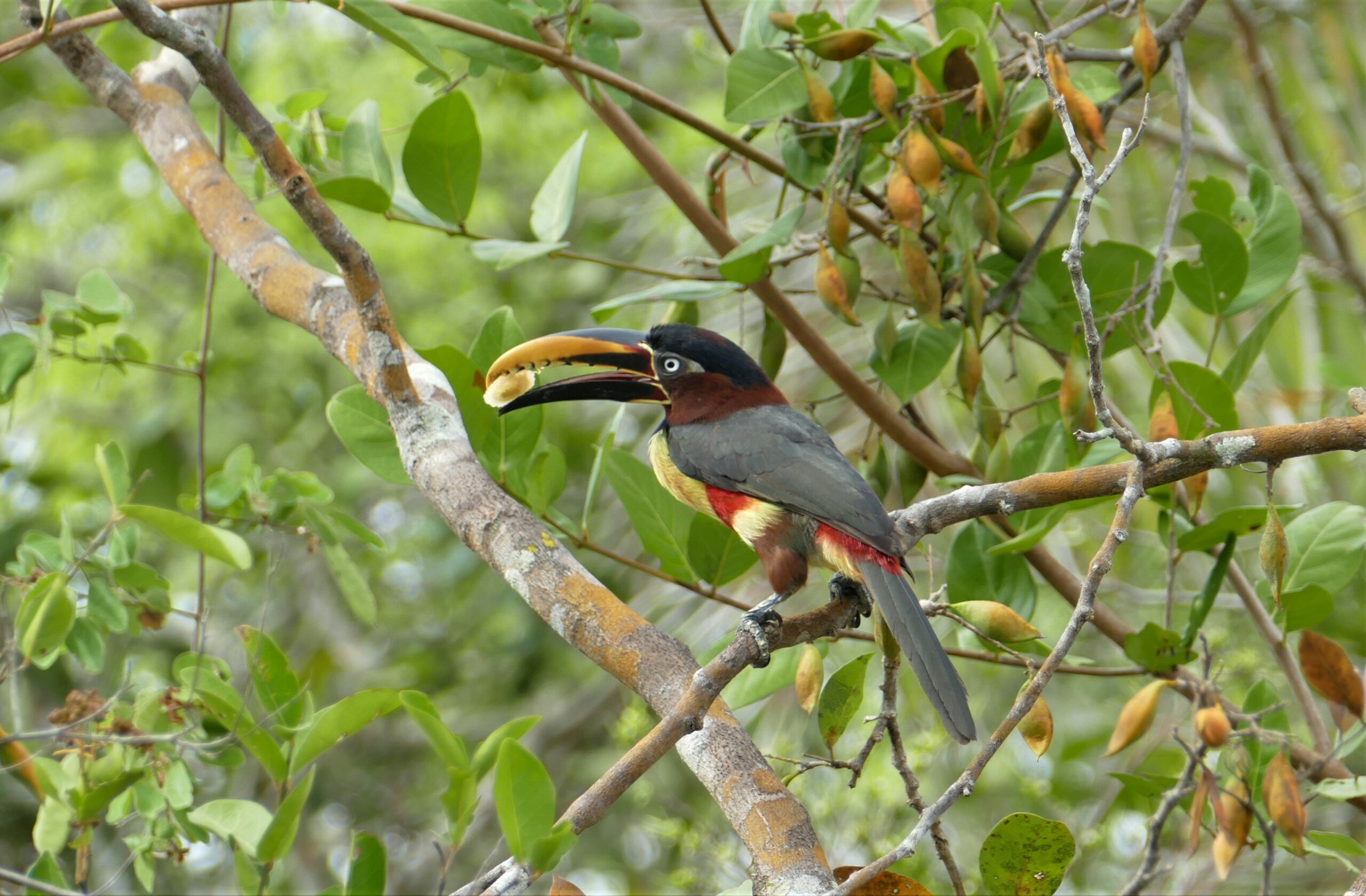
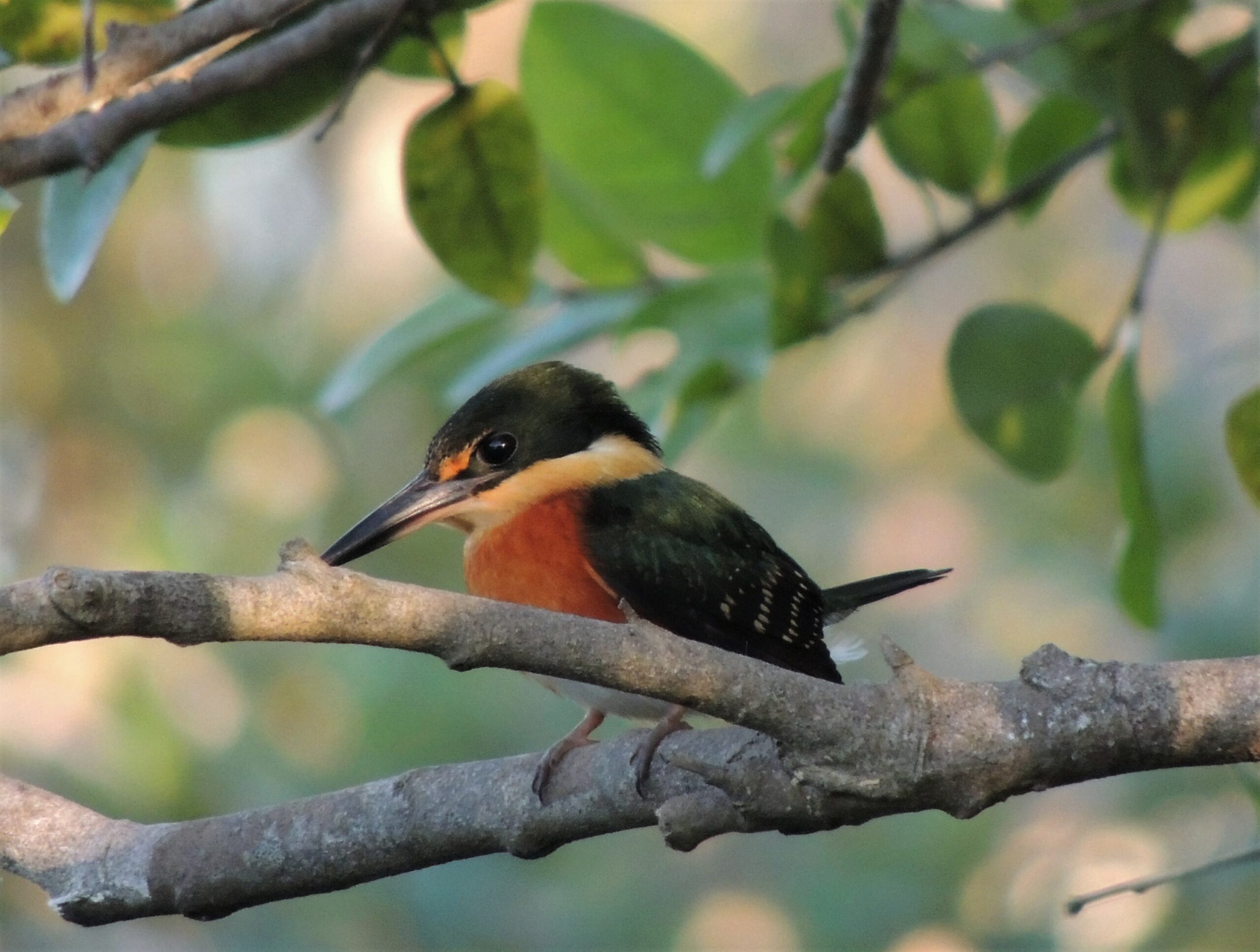
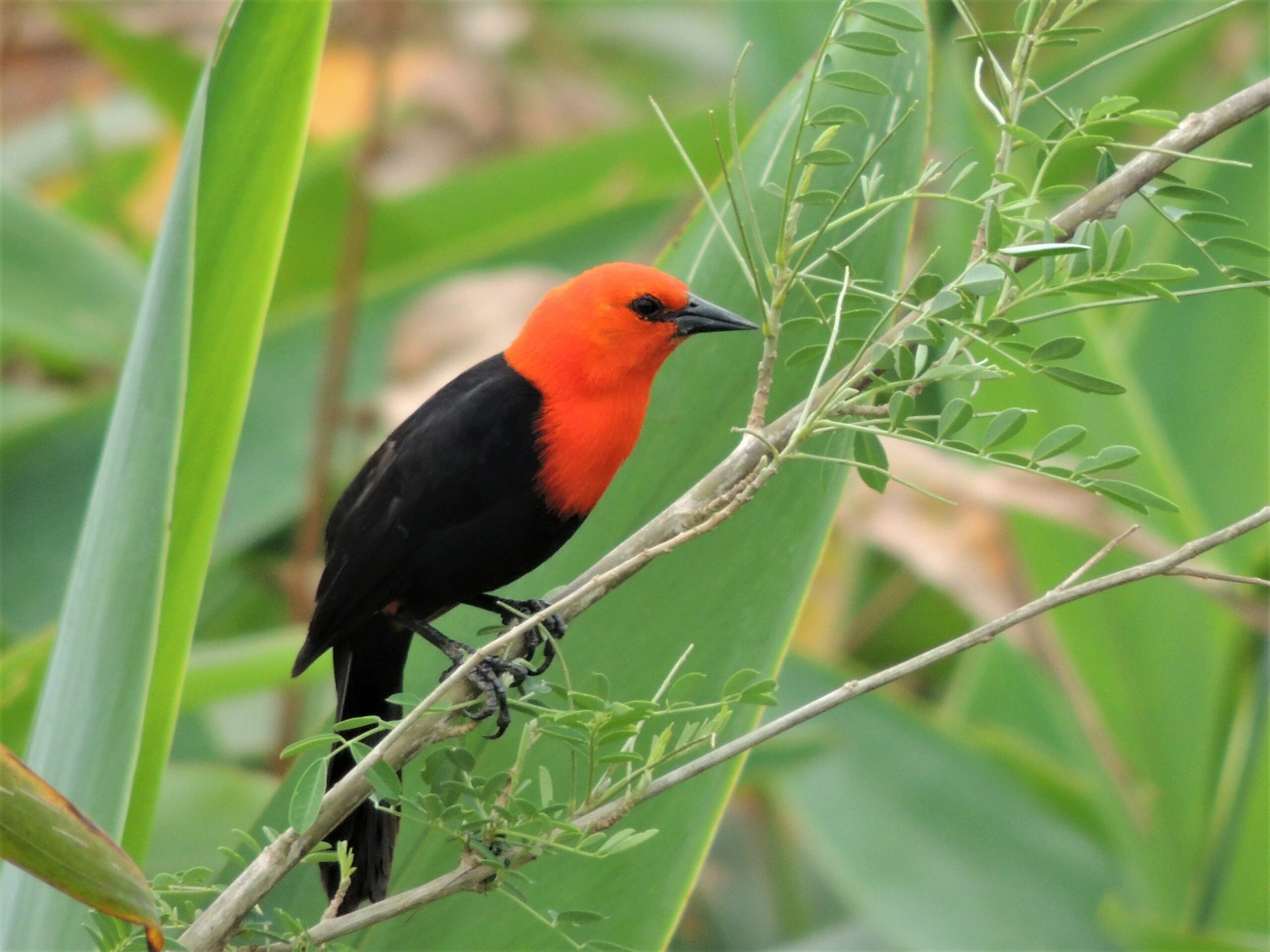
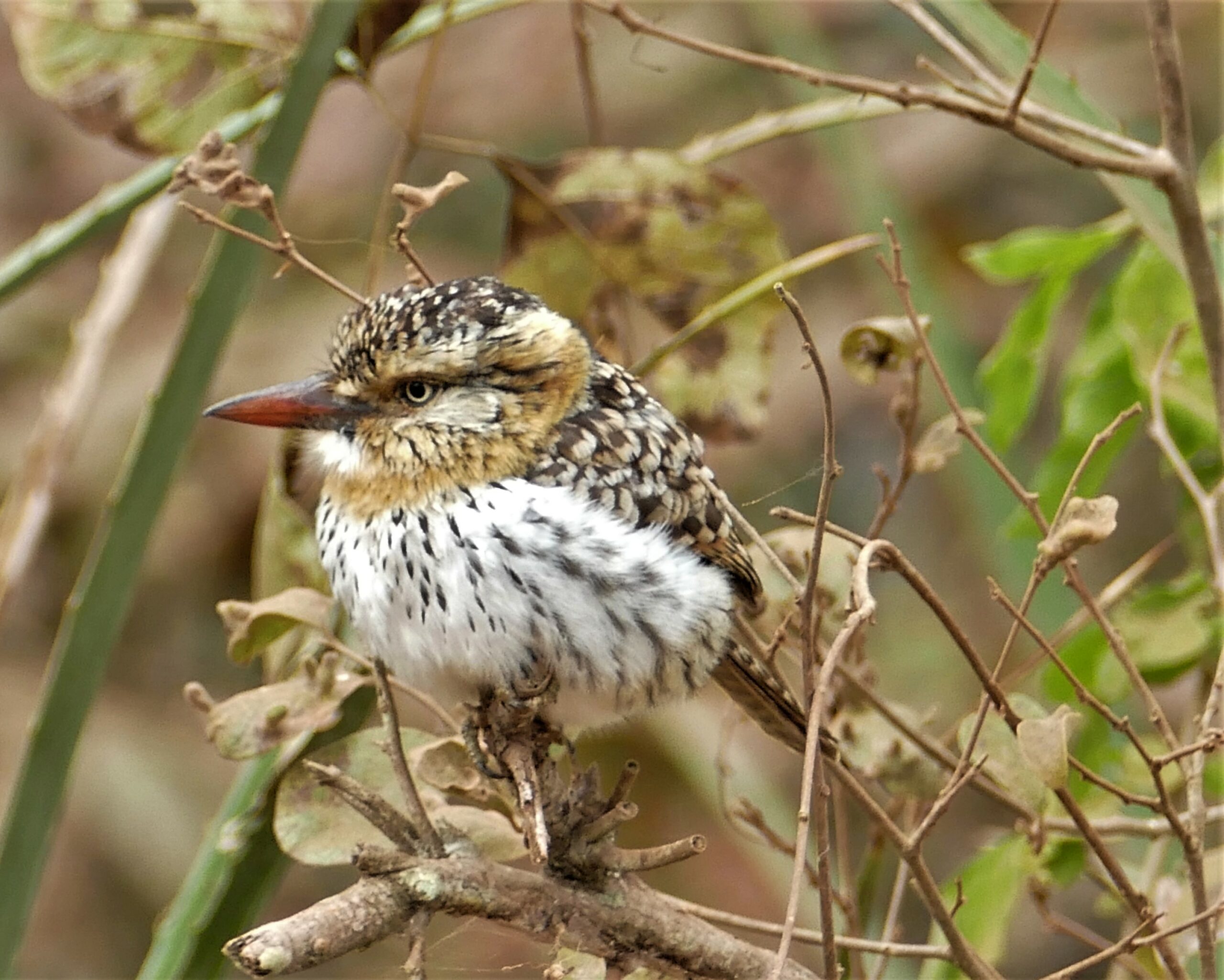

































Ask About This Tour
If you have any questions about this tour, please enter your details here and we will get back to you as soon as possible.
Alternatively, contact us by email or phone. We look forward to hearing from you!
- 0117 965 8333
- [email protected]
Or complete the contact form and we will endeavour to get back to you as soon as possible.
* = required field
